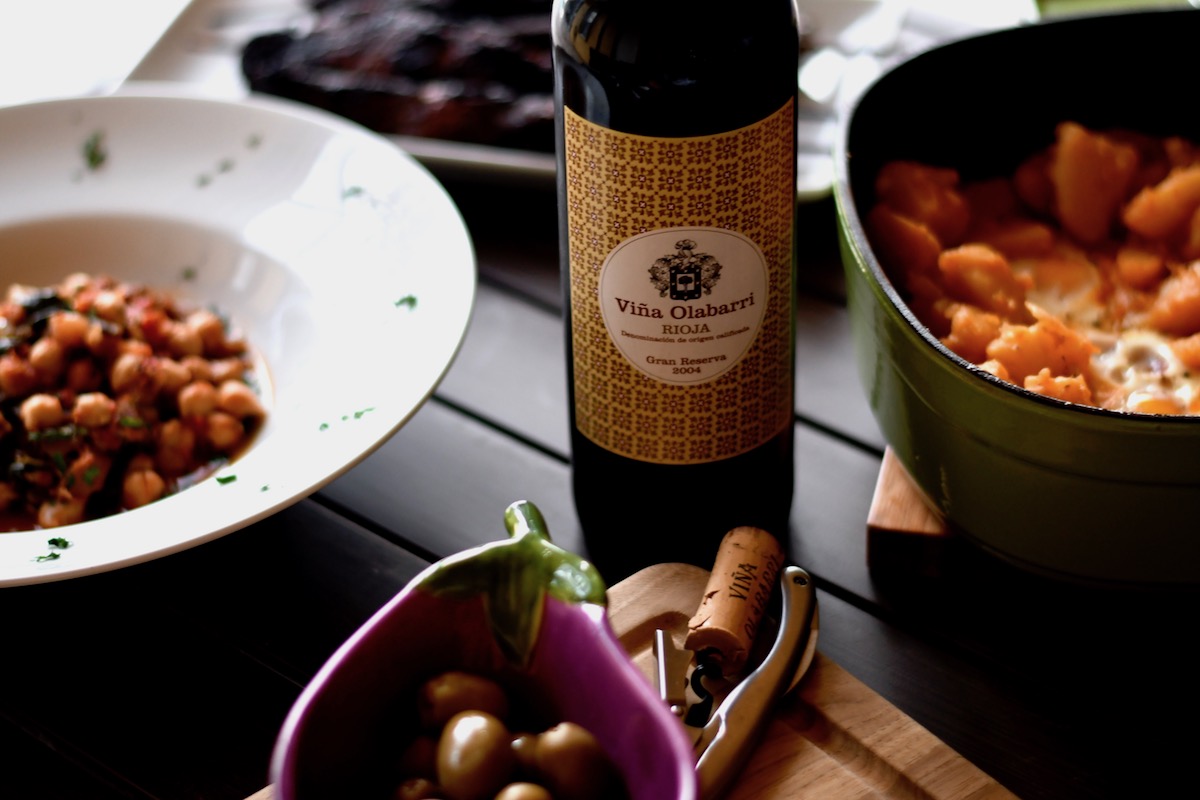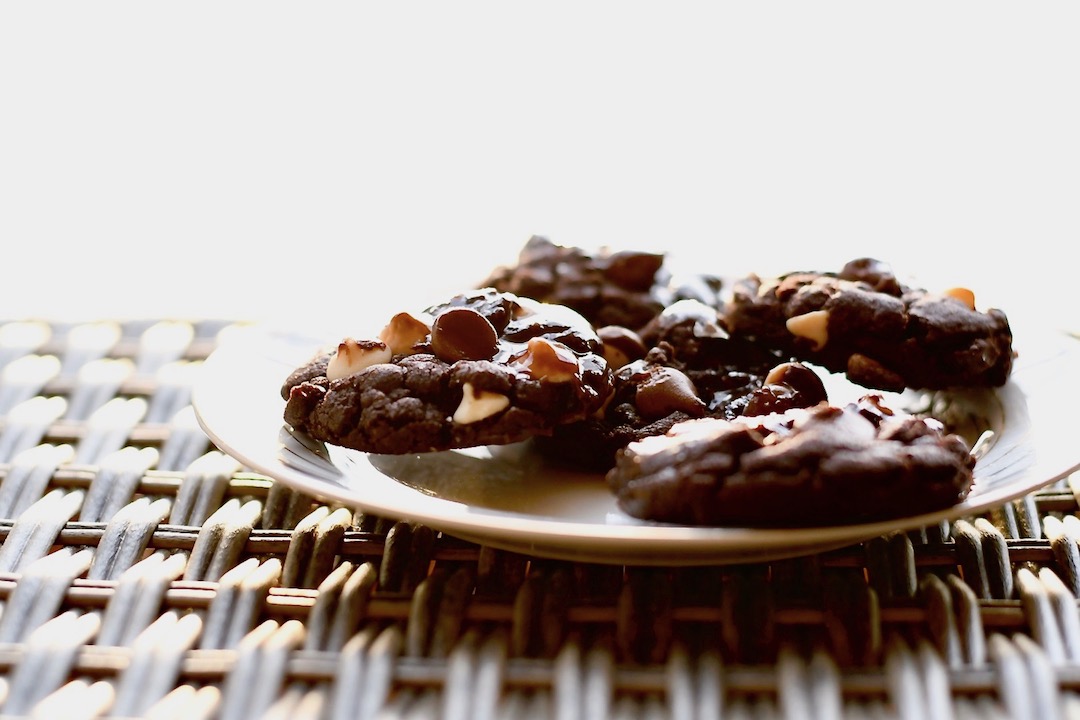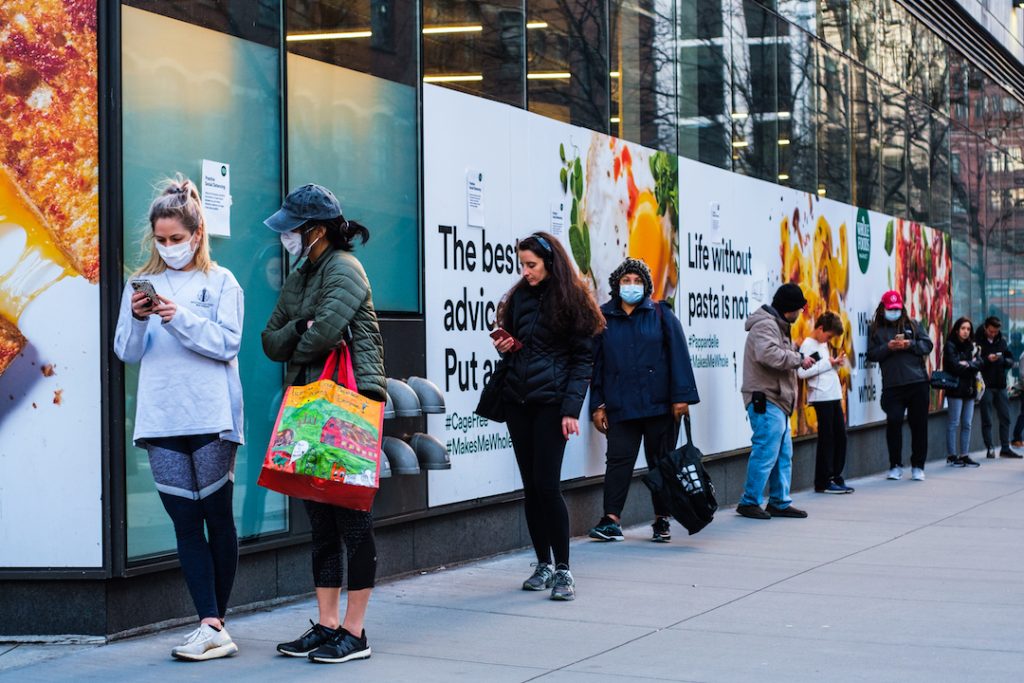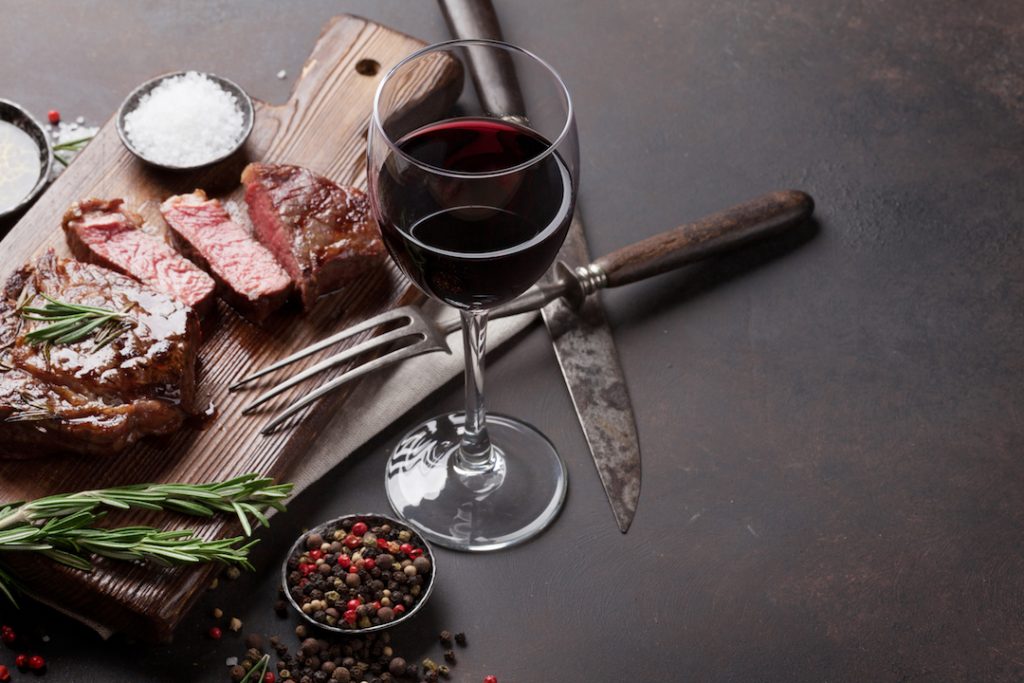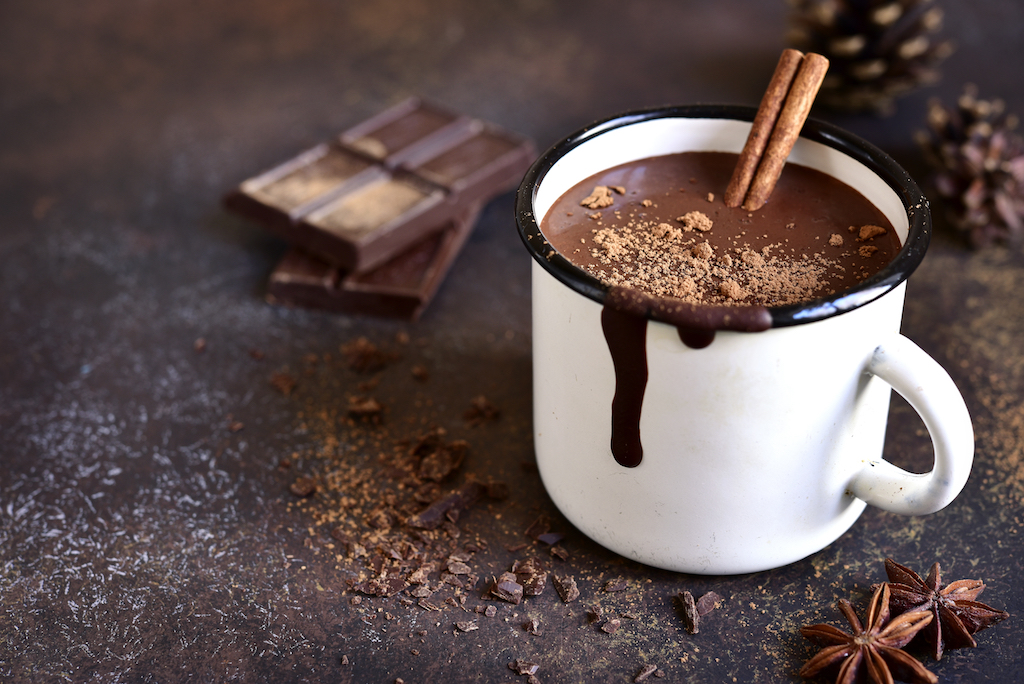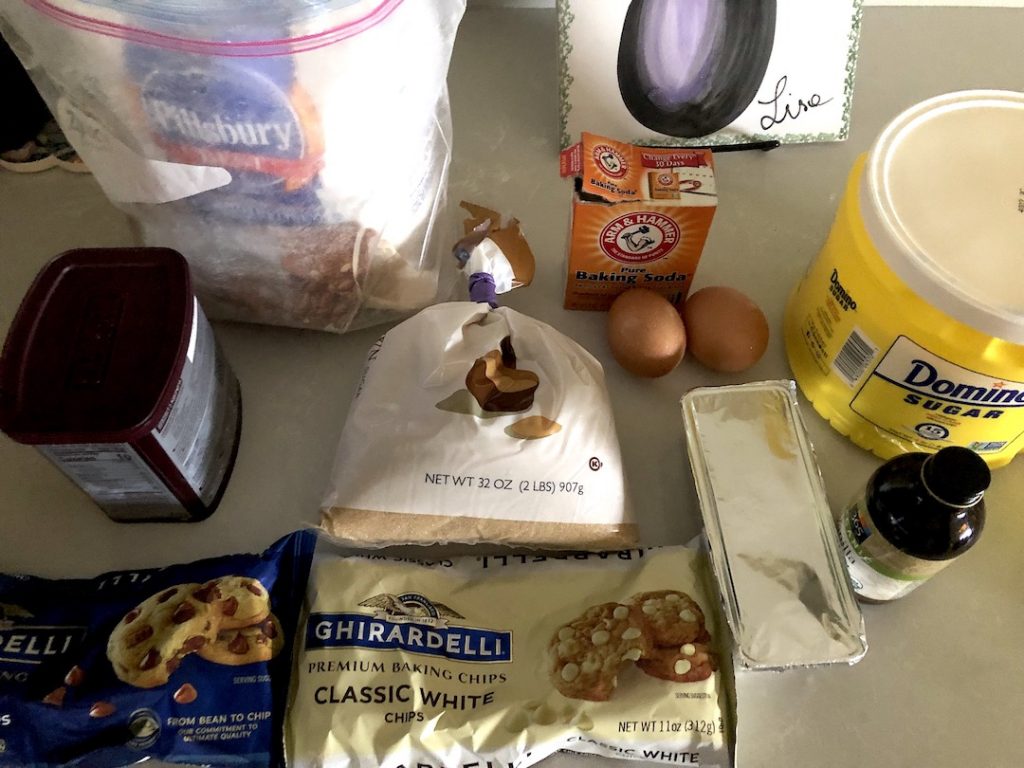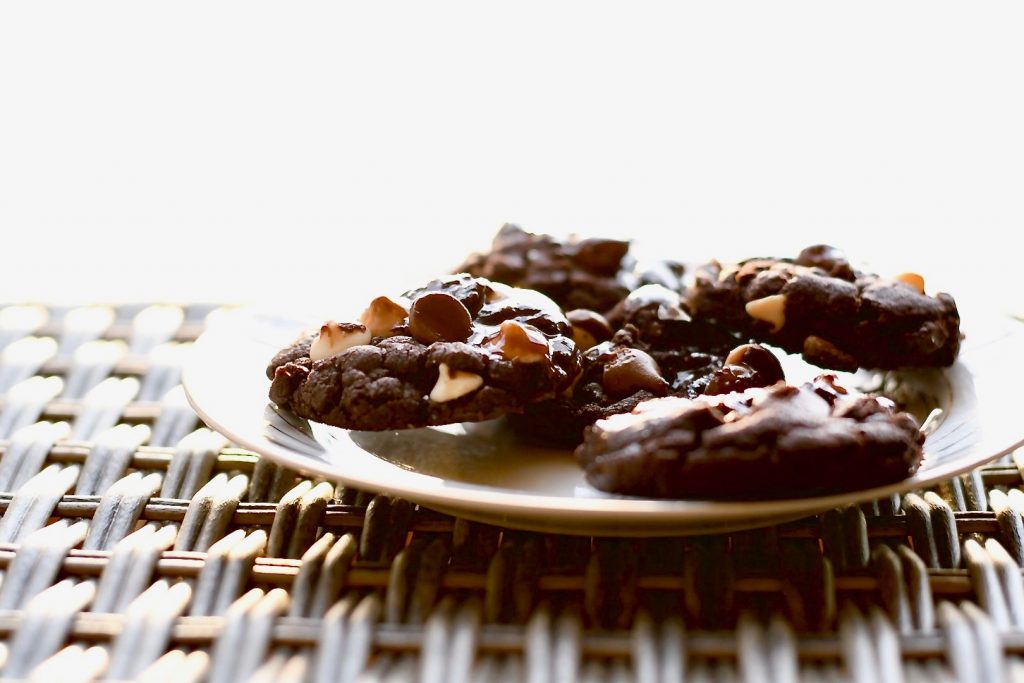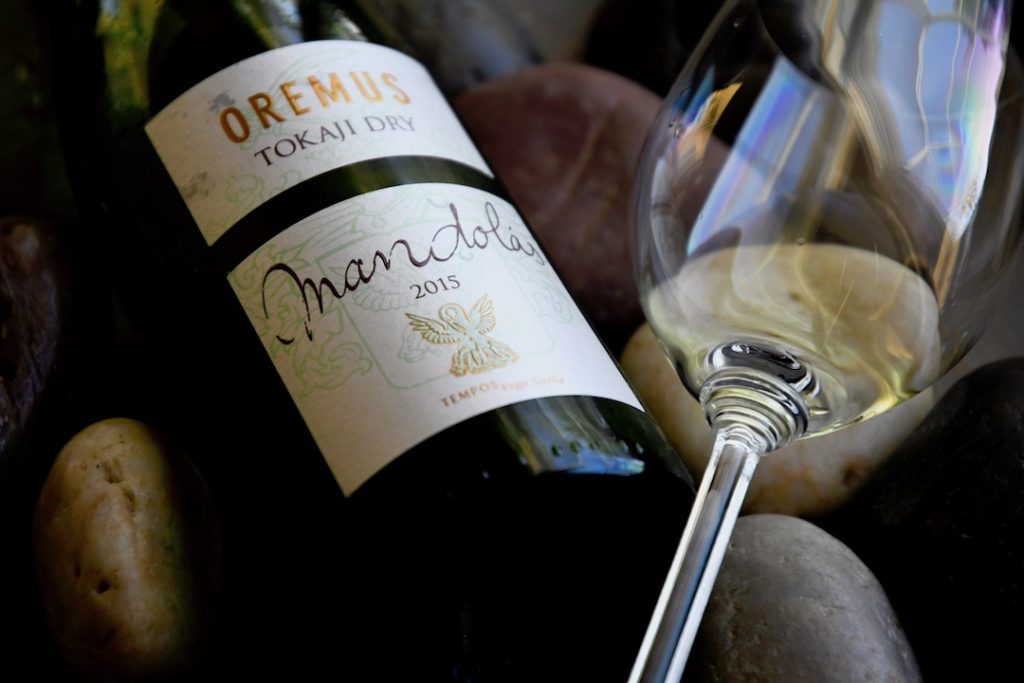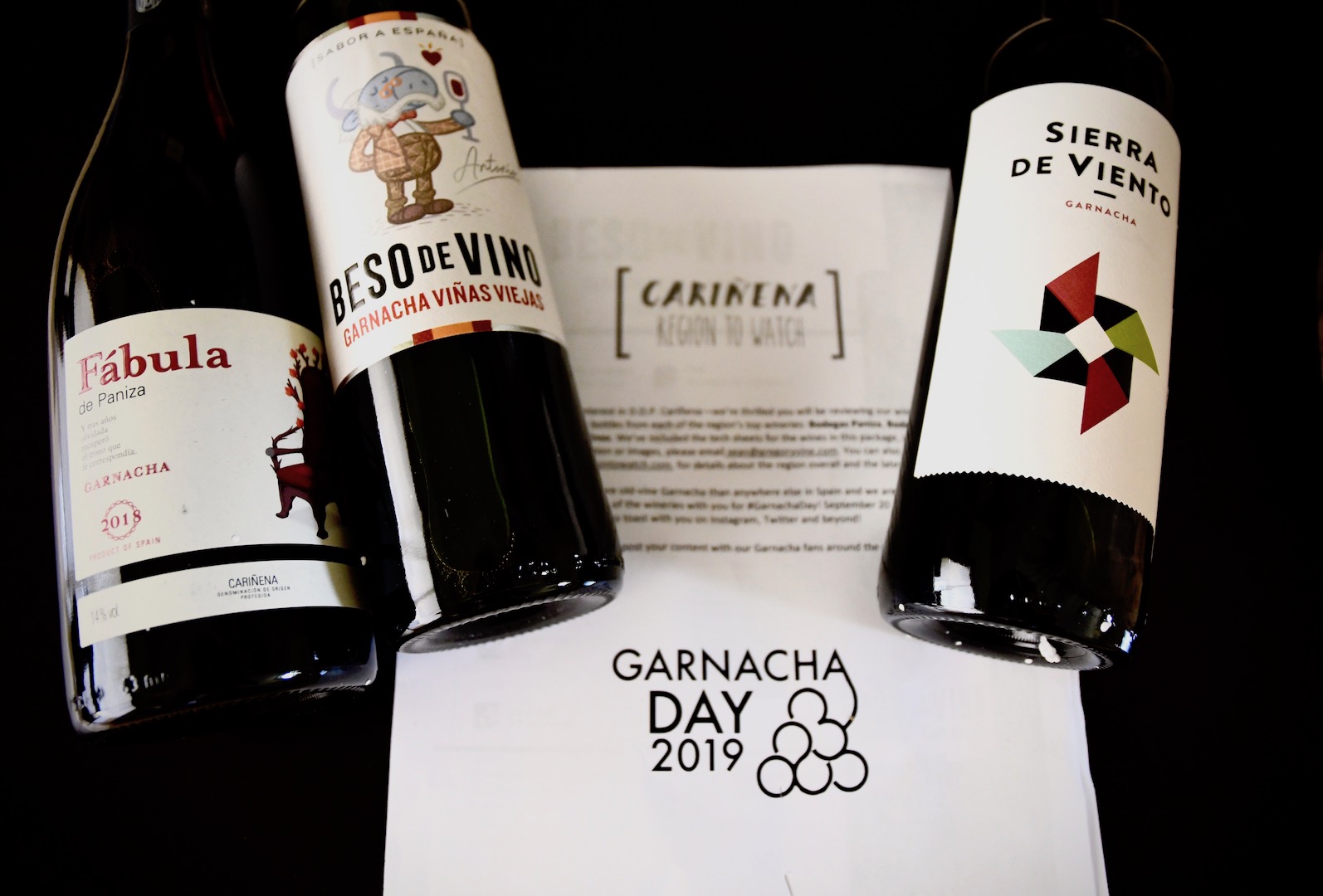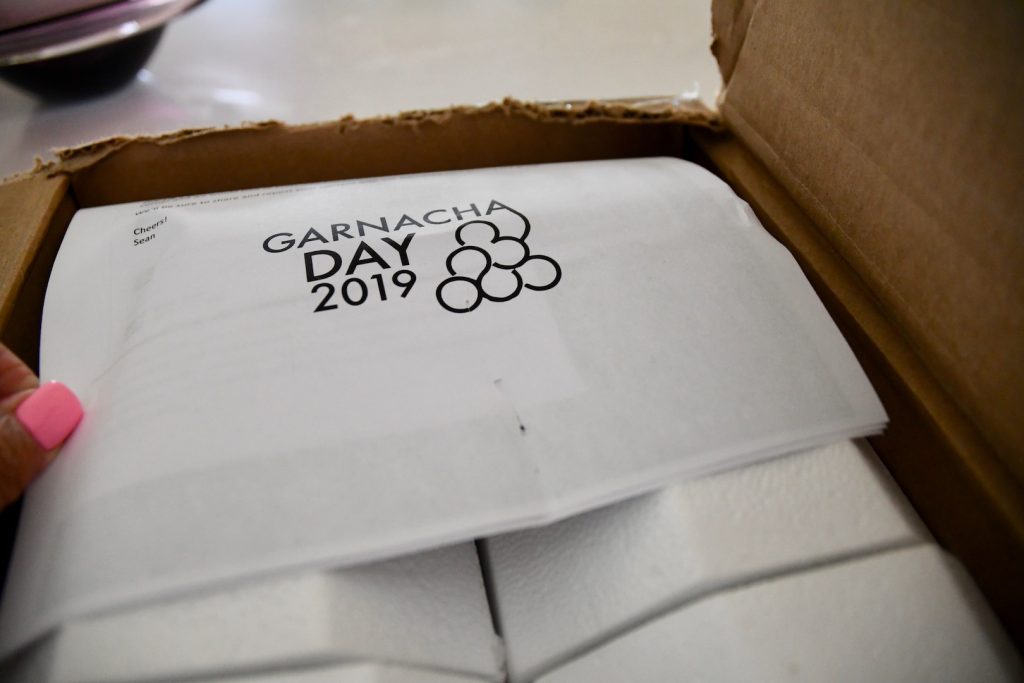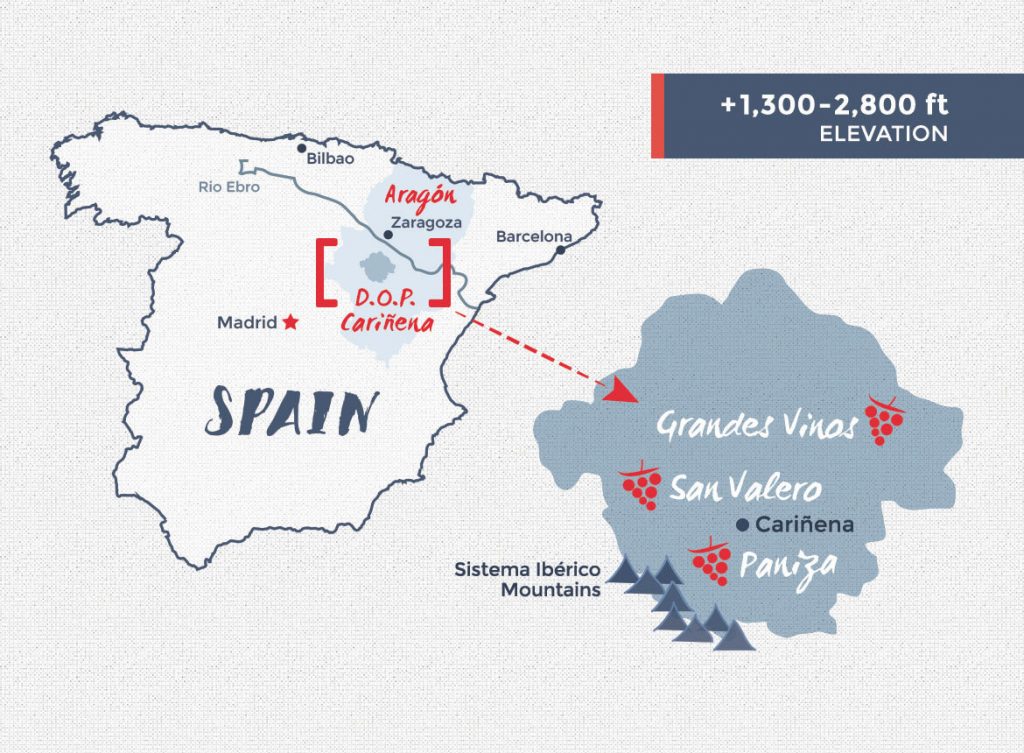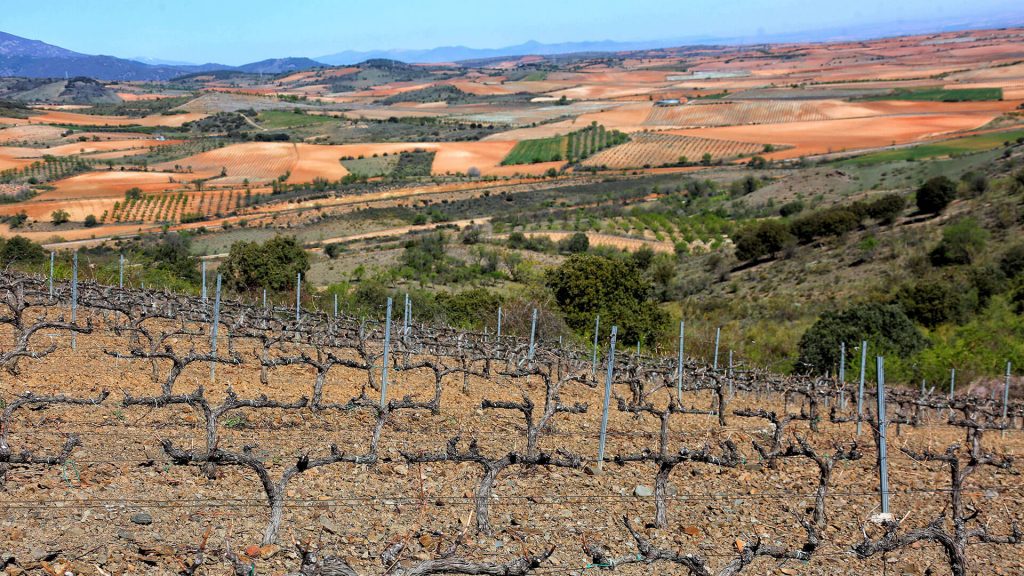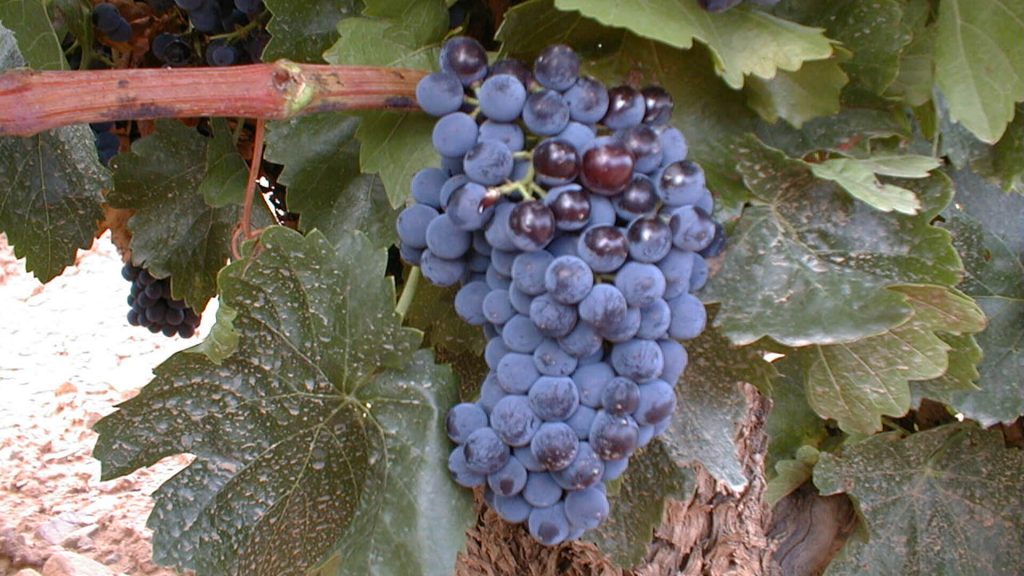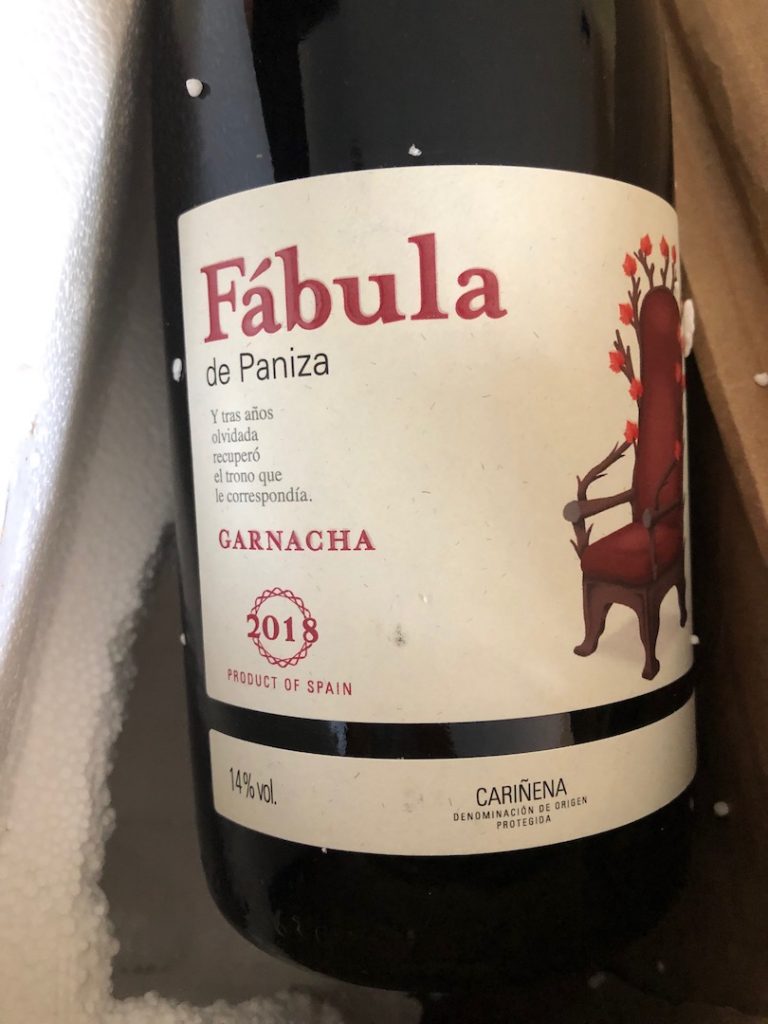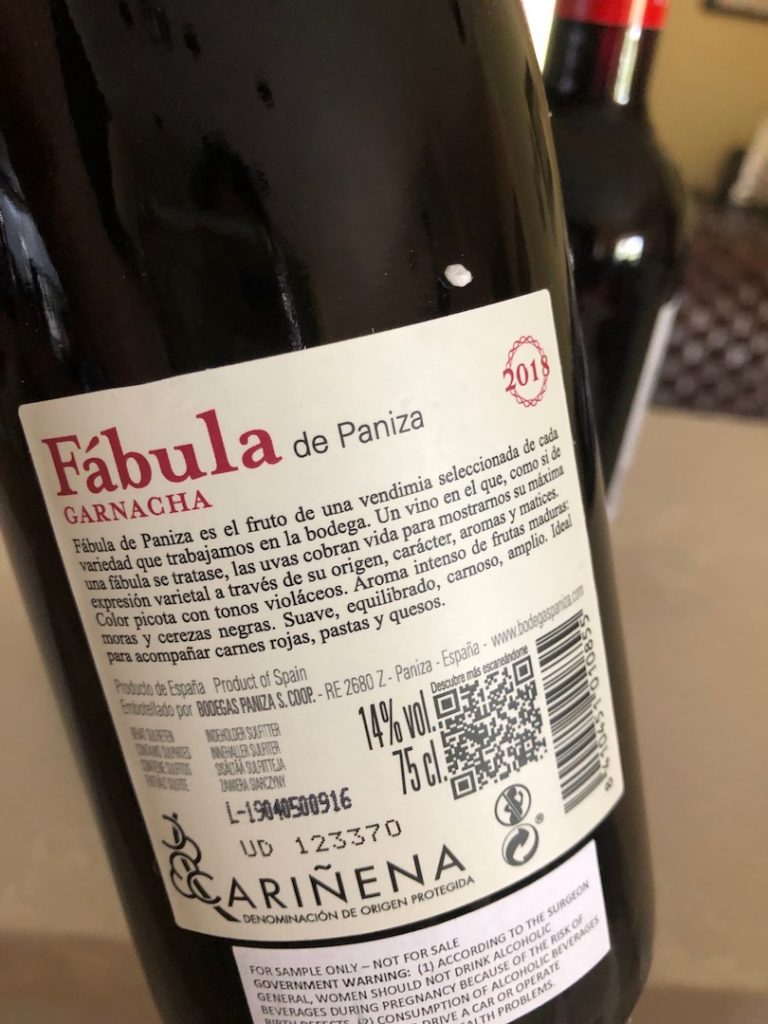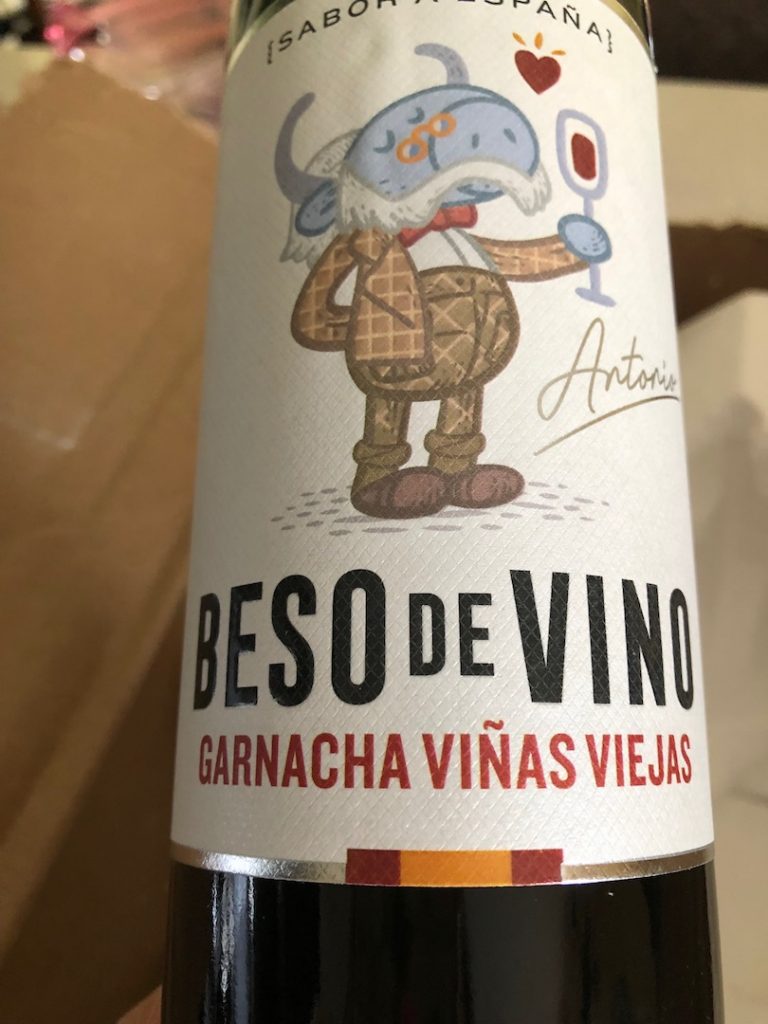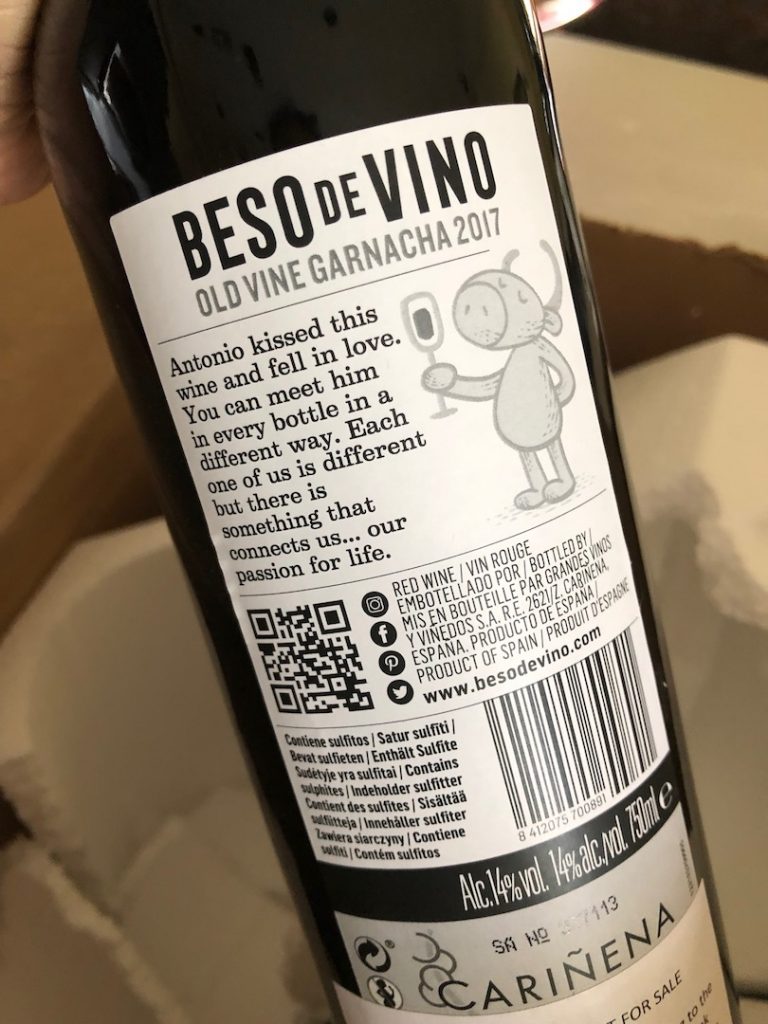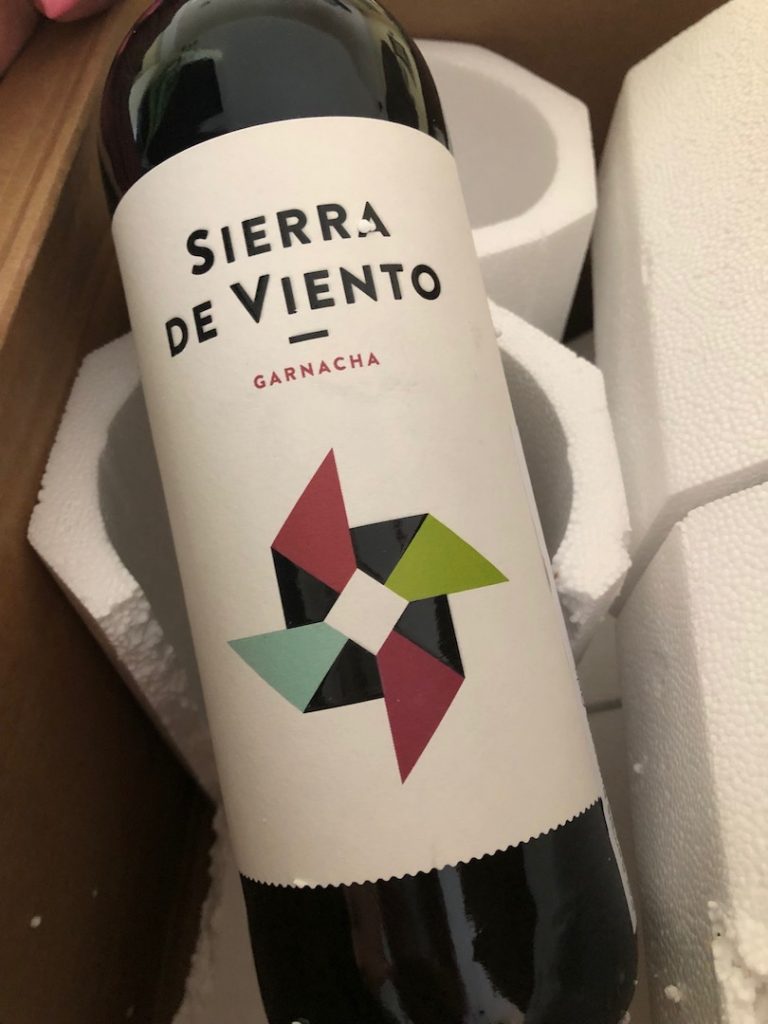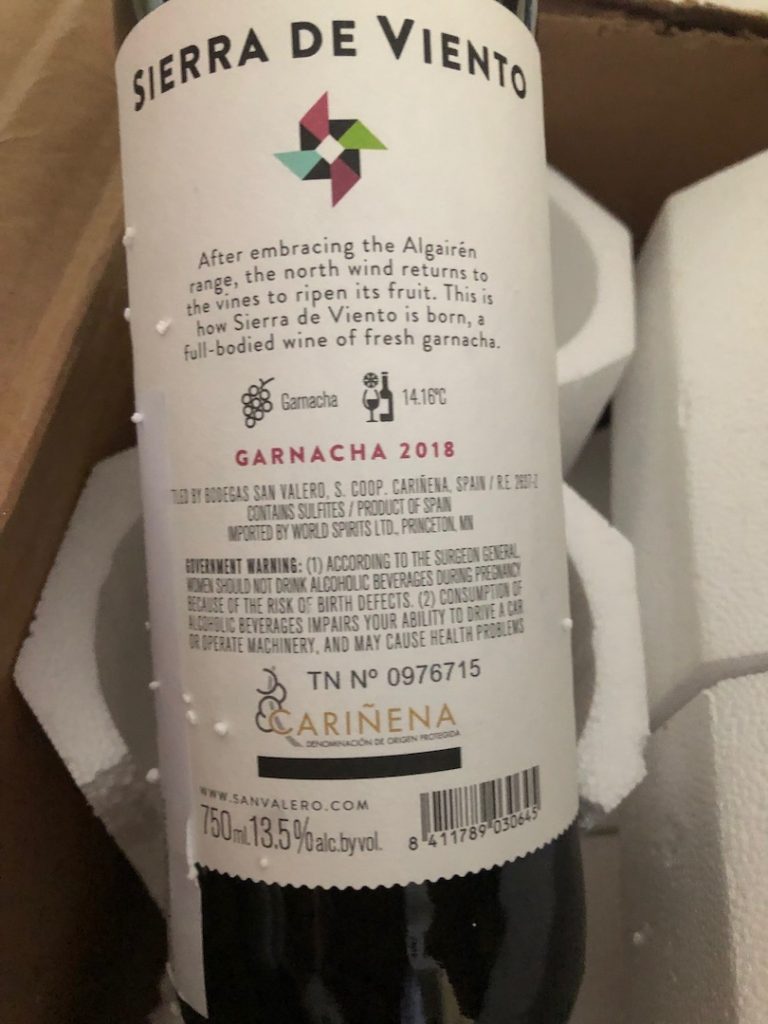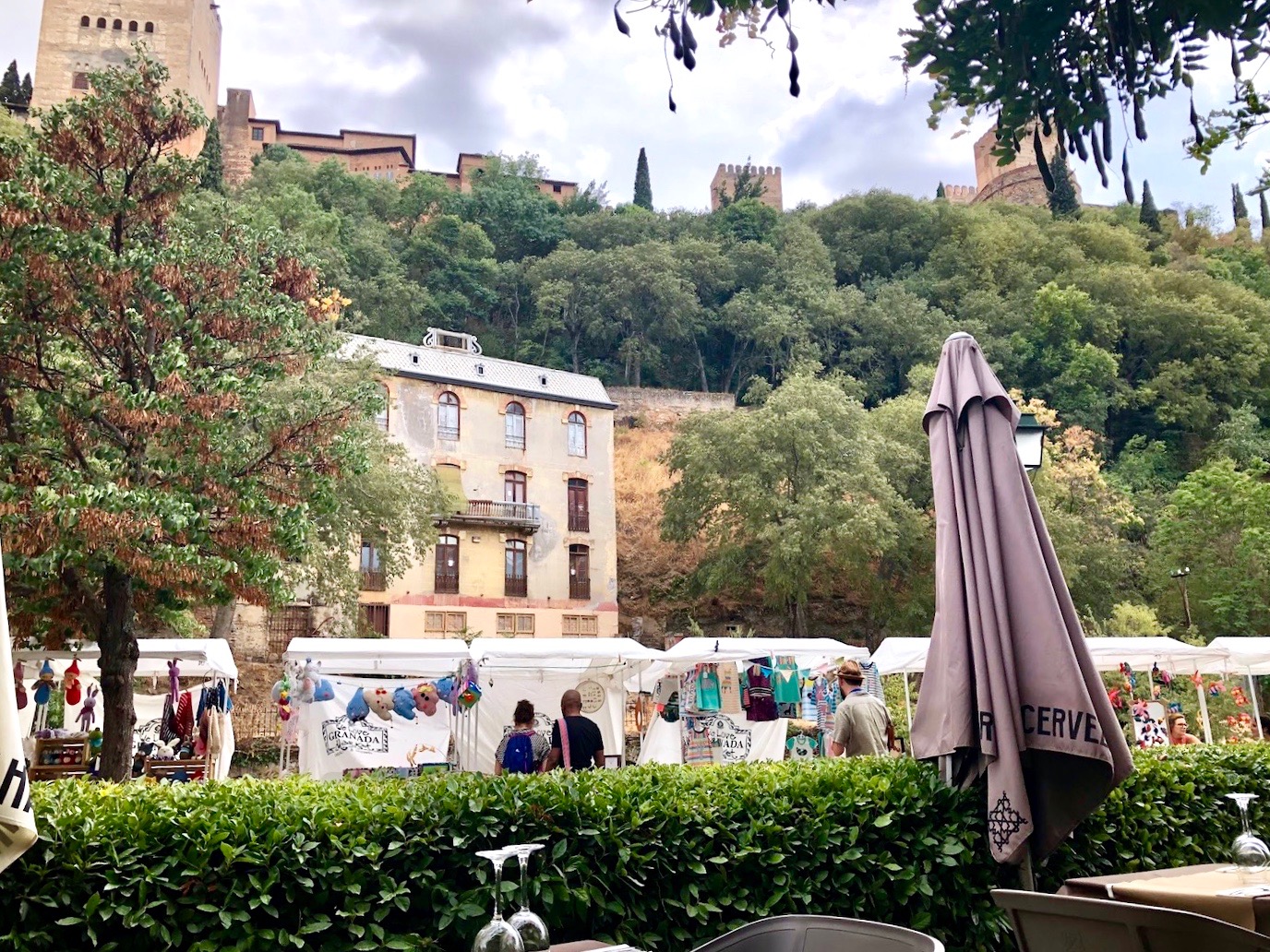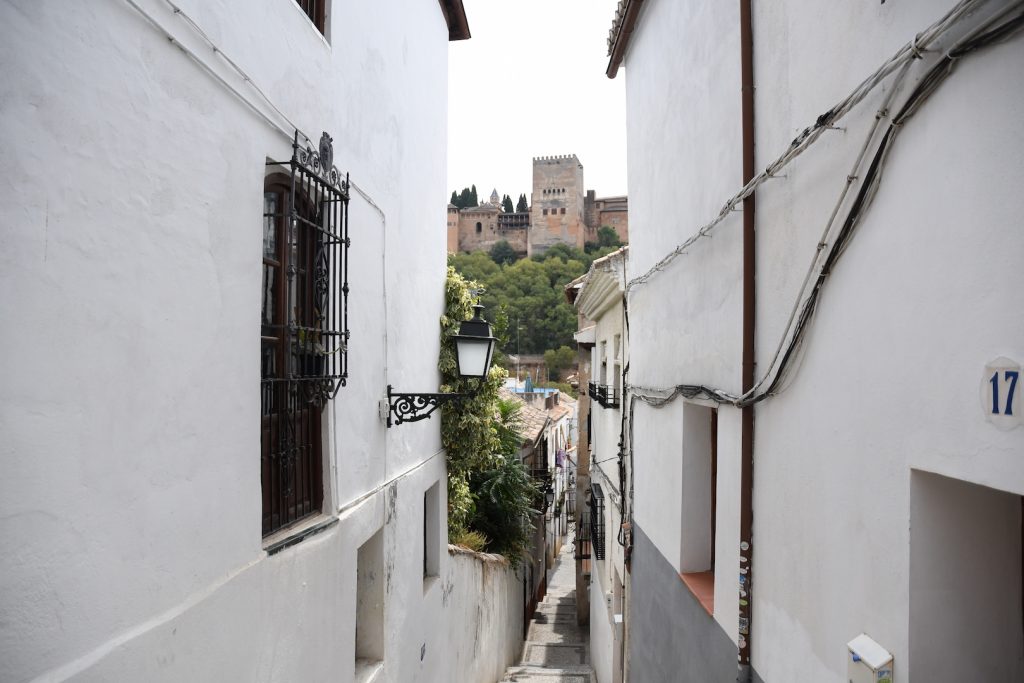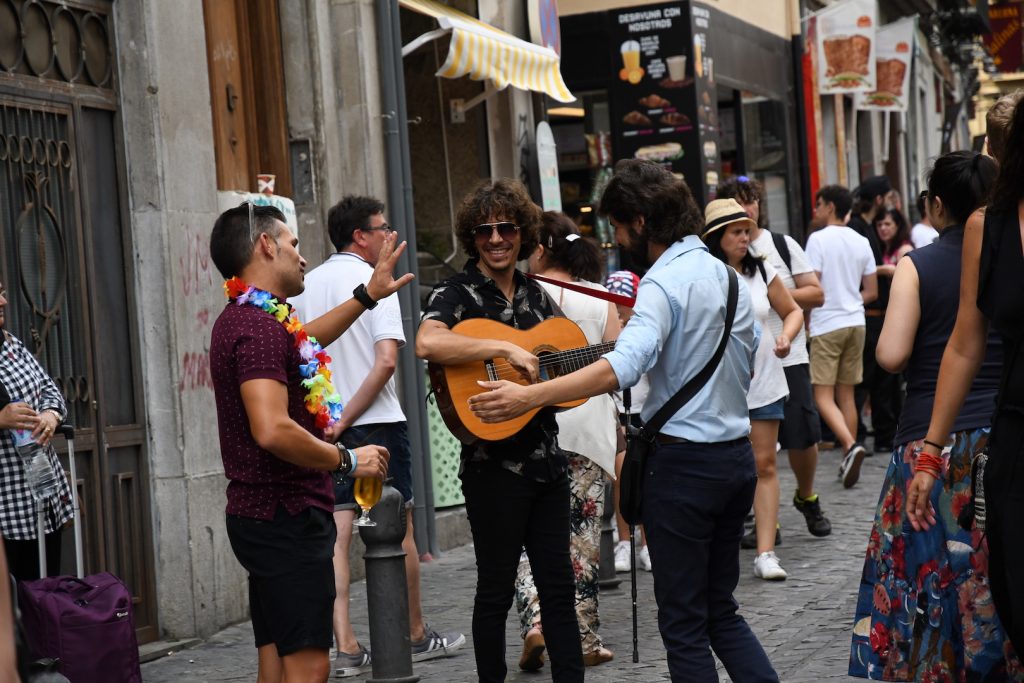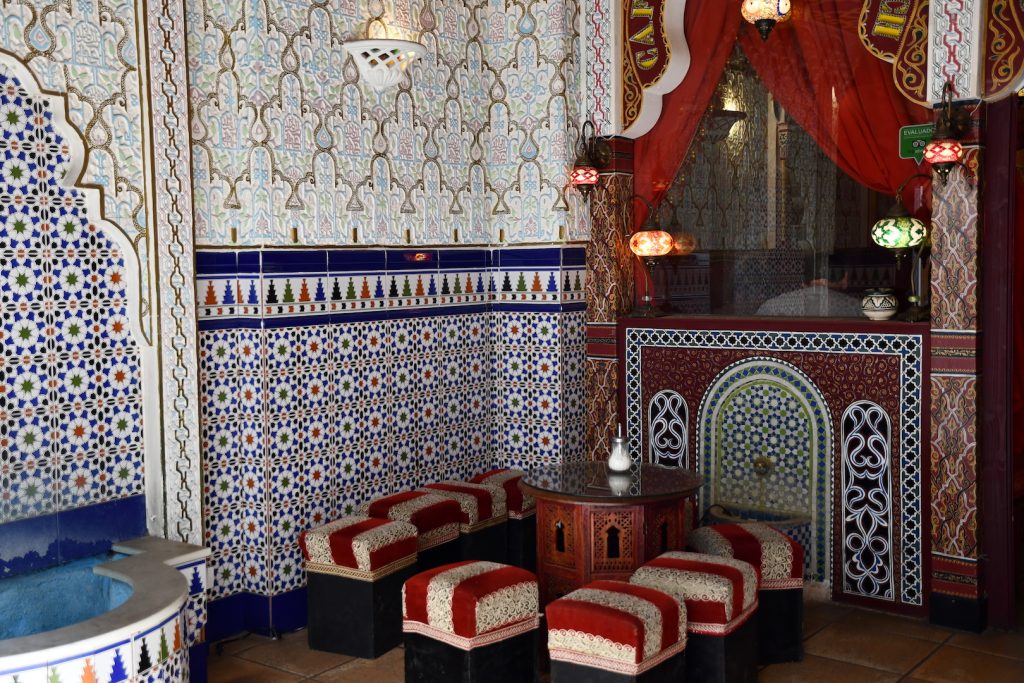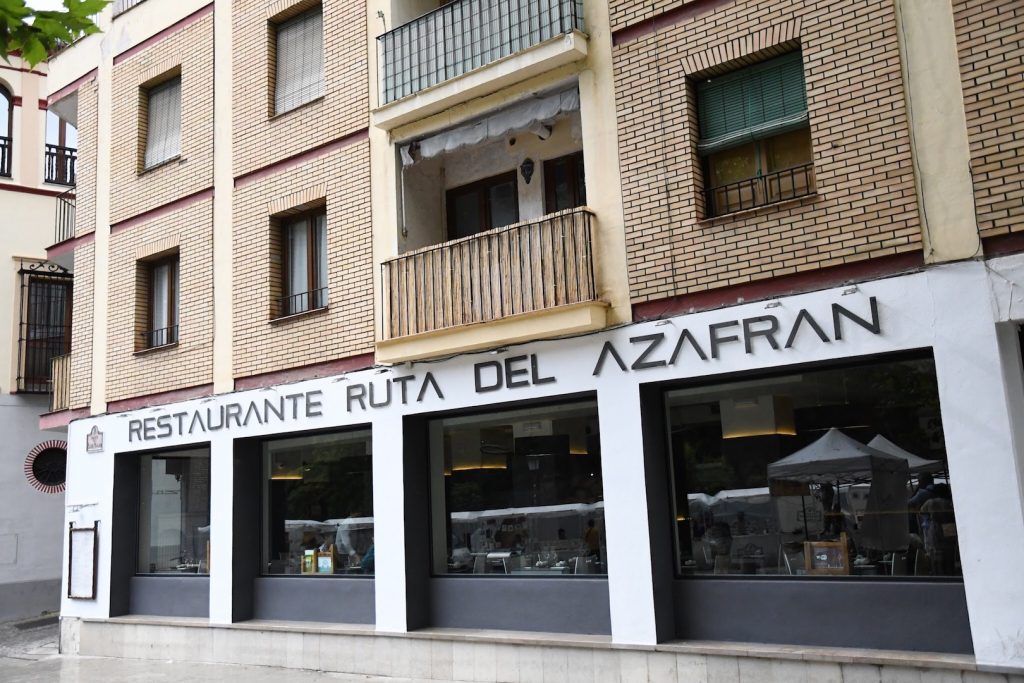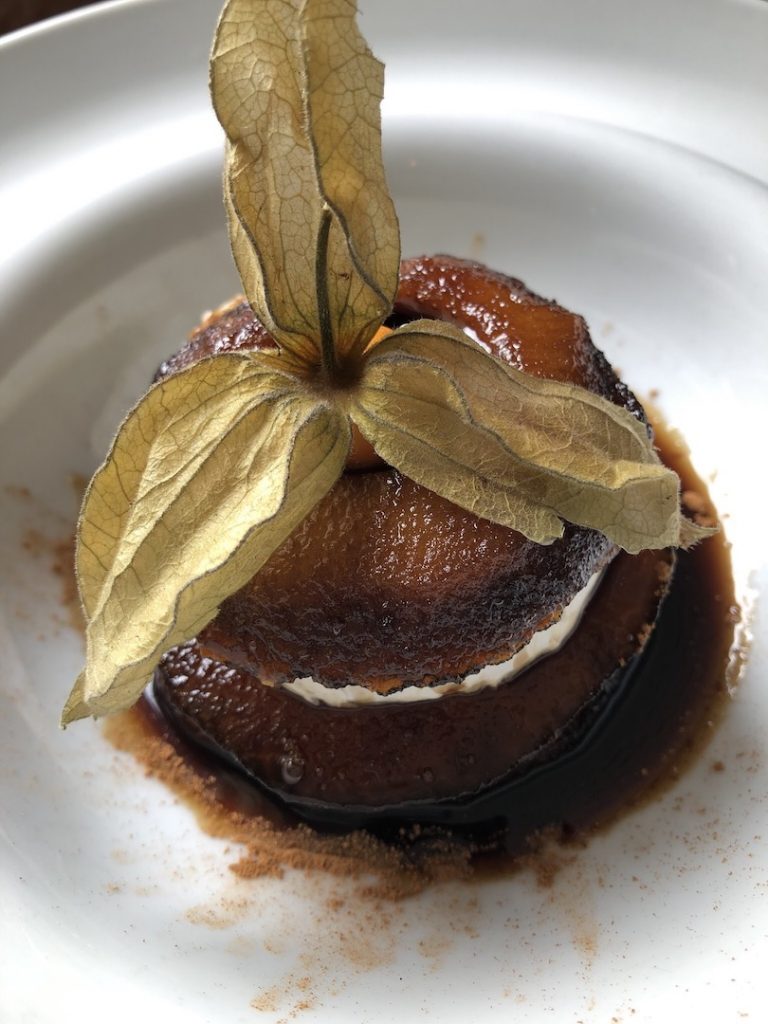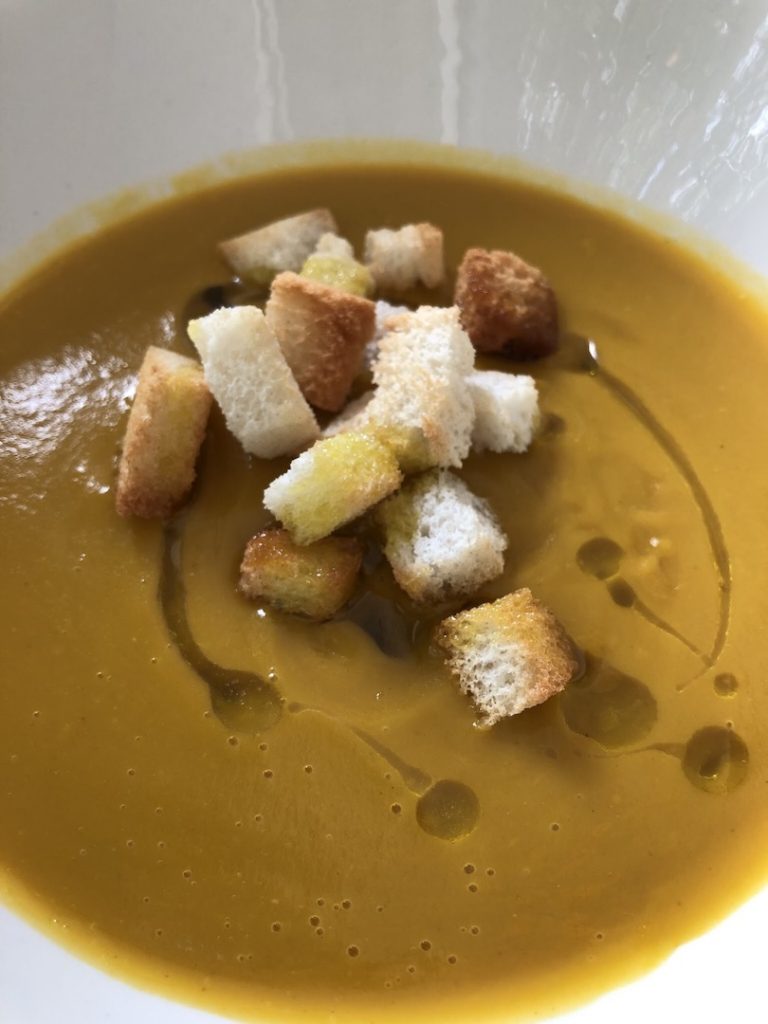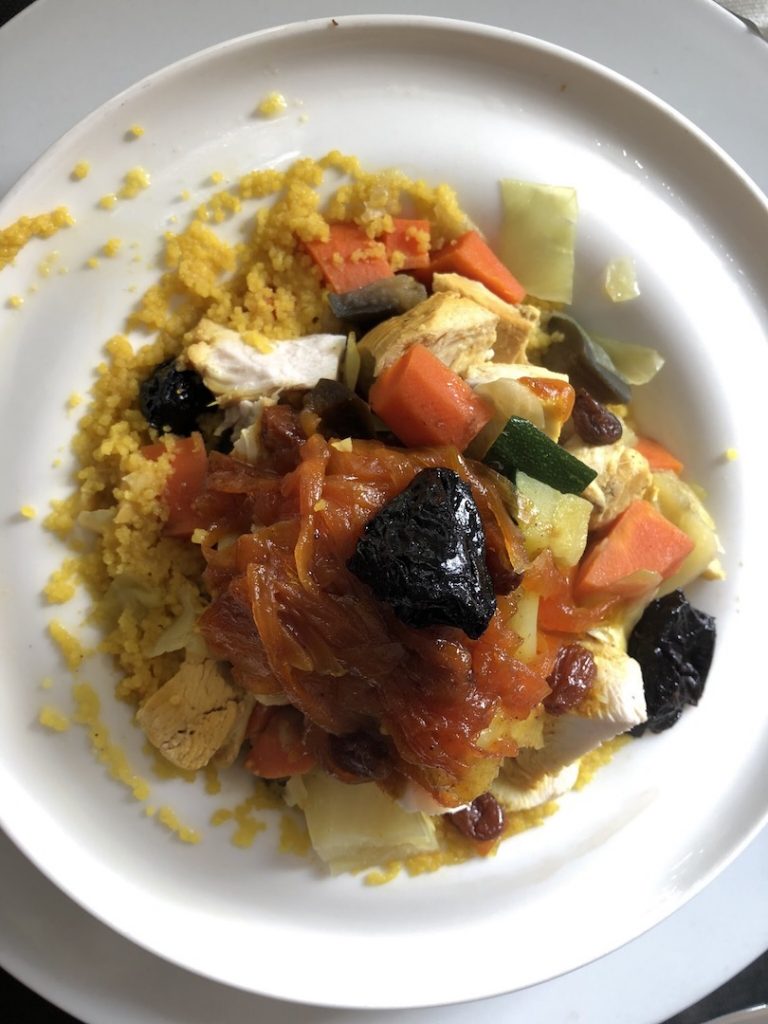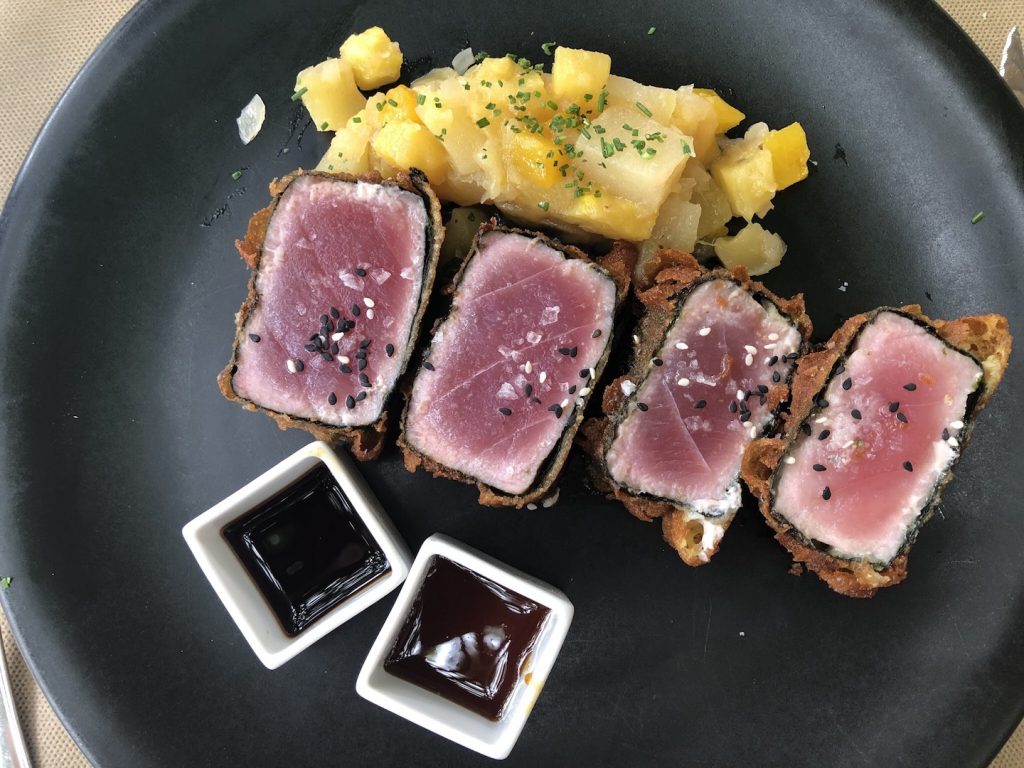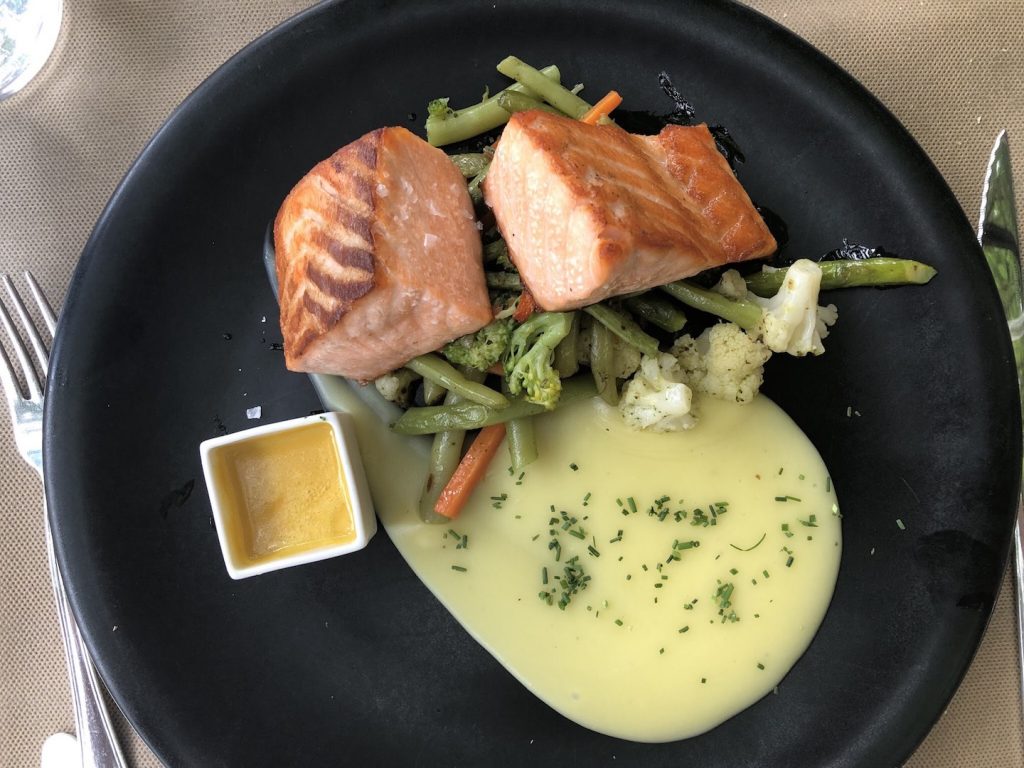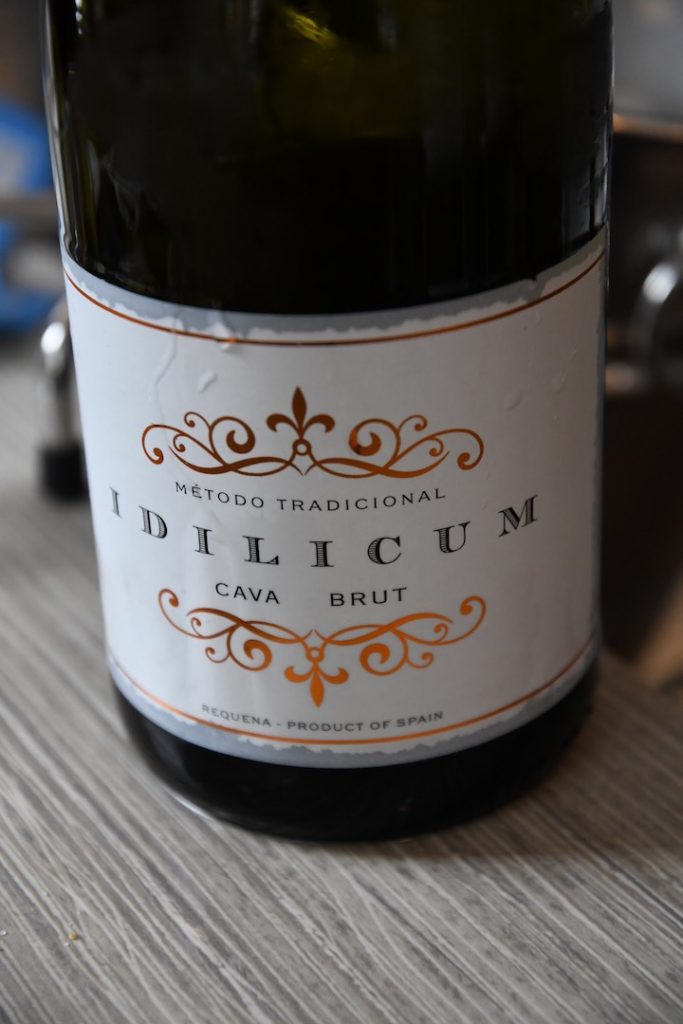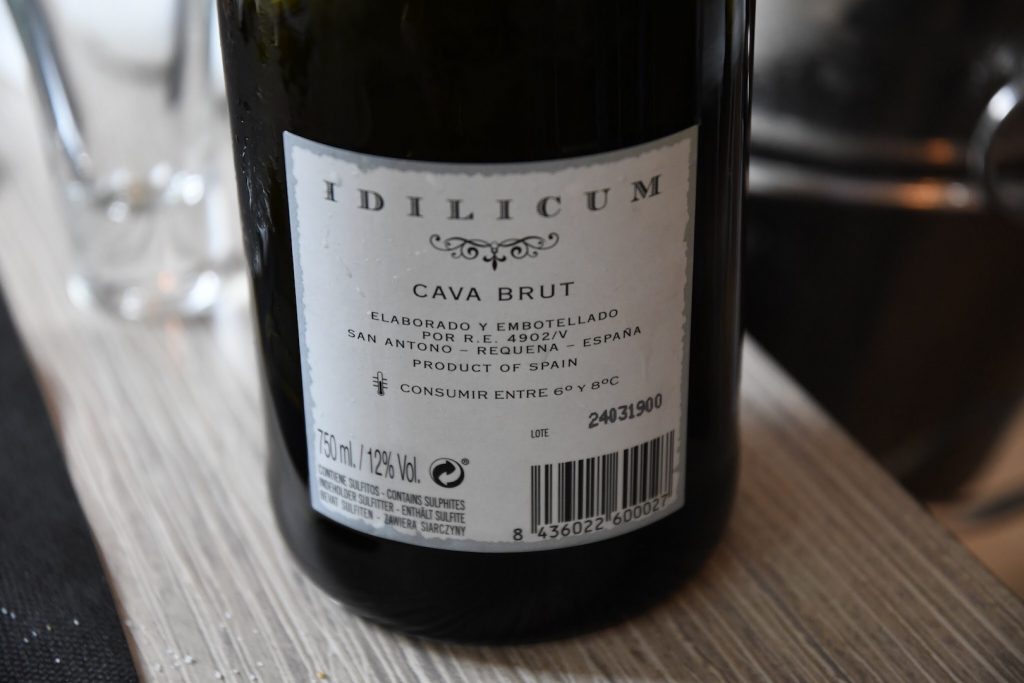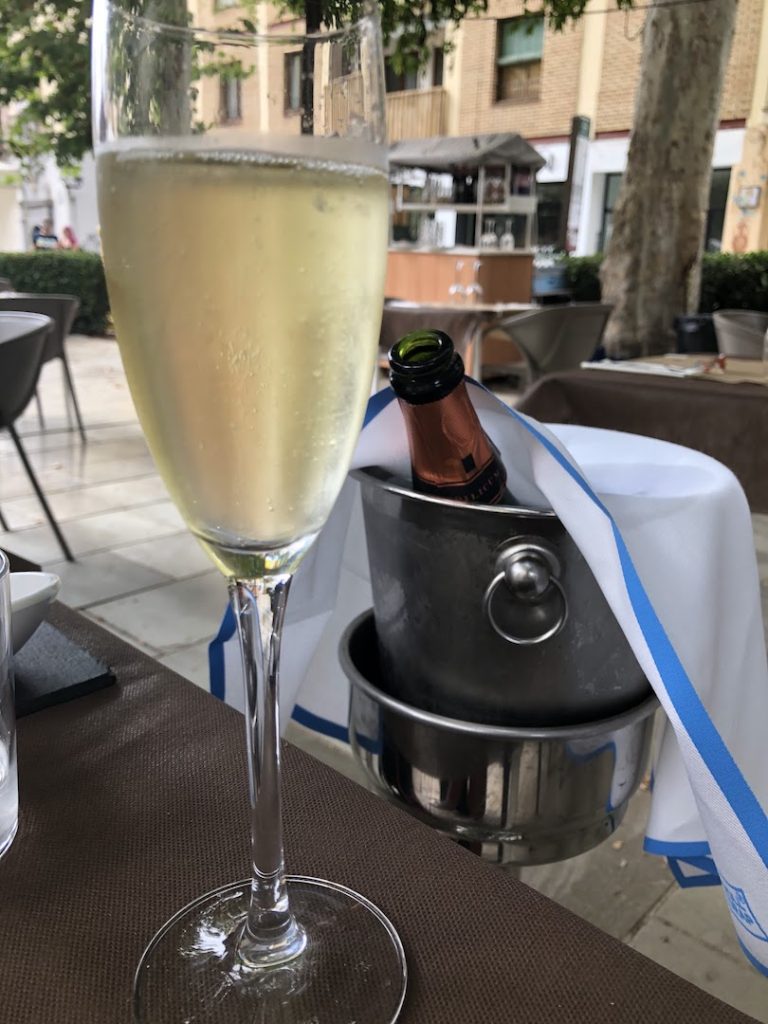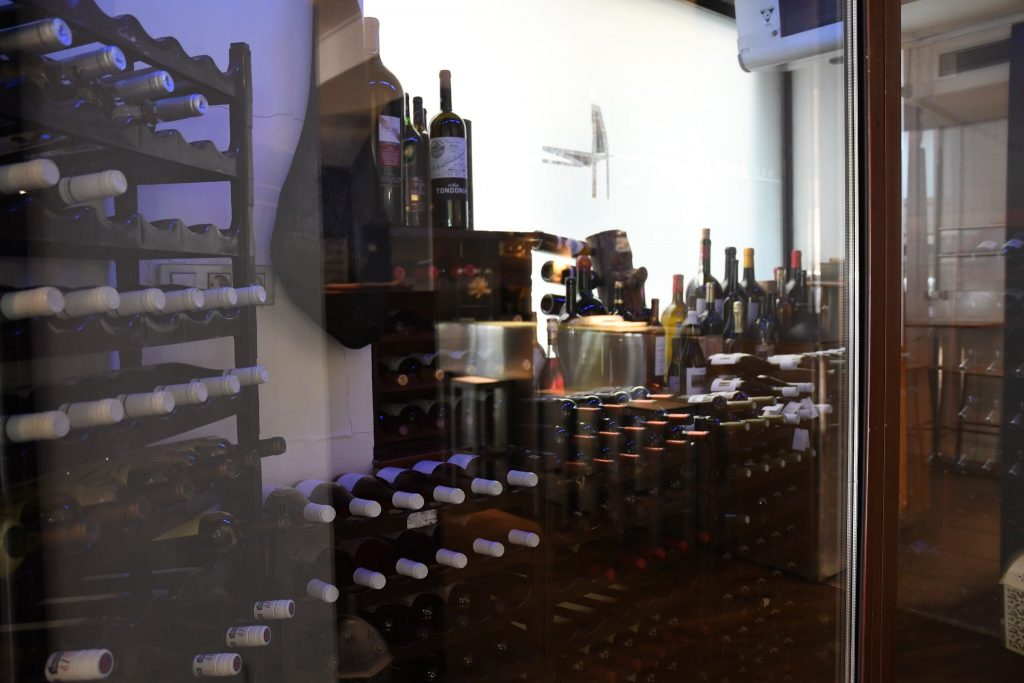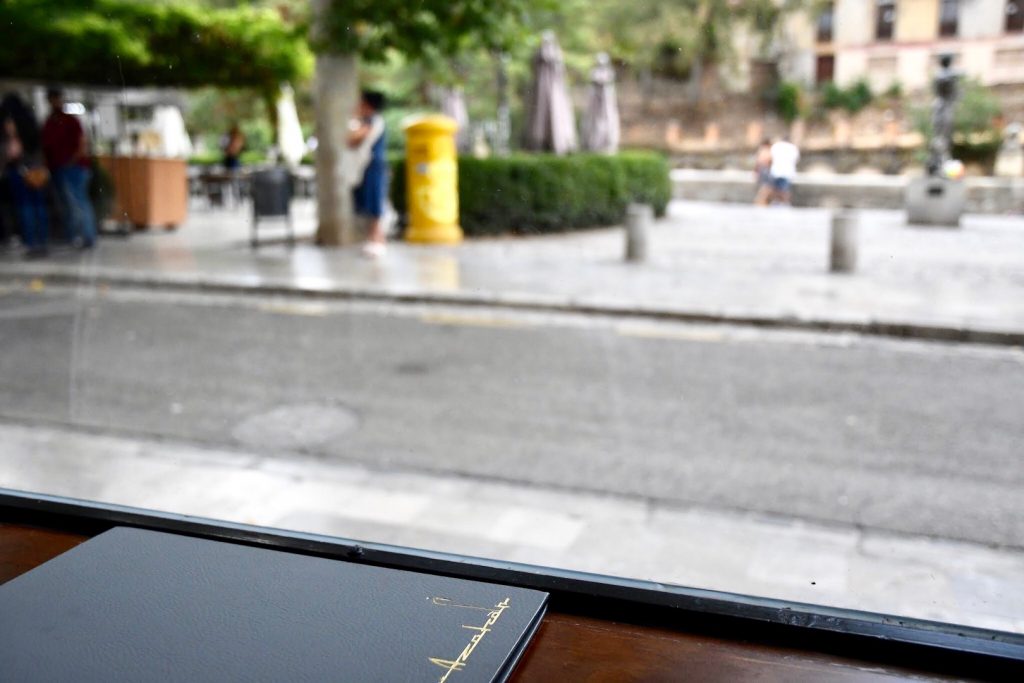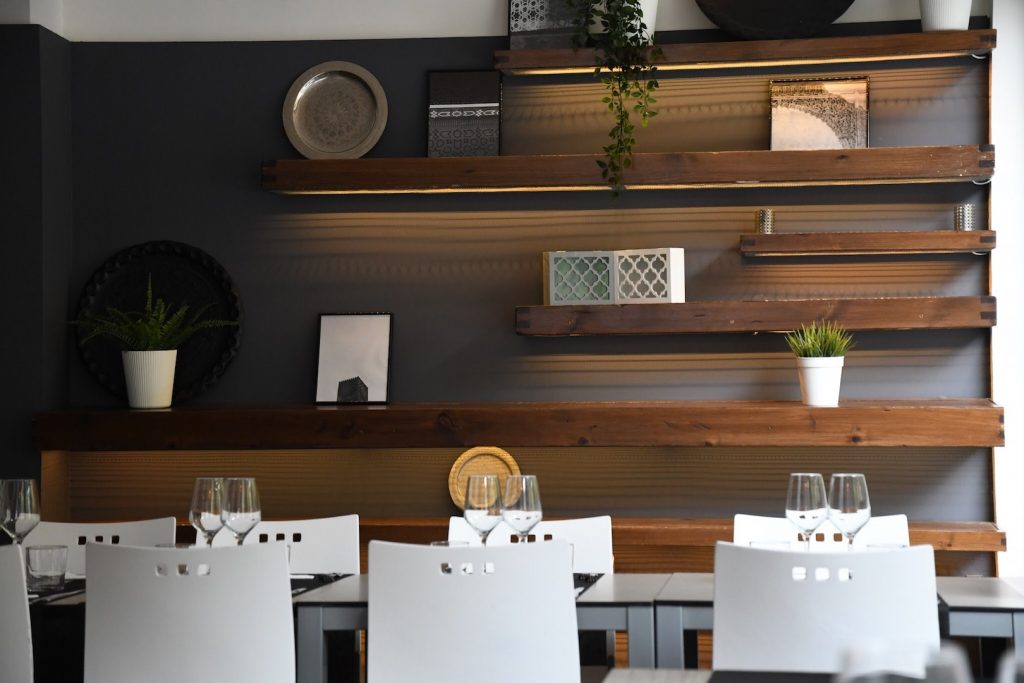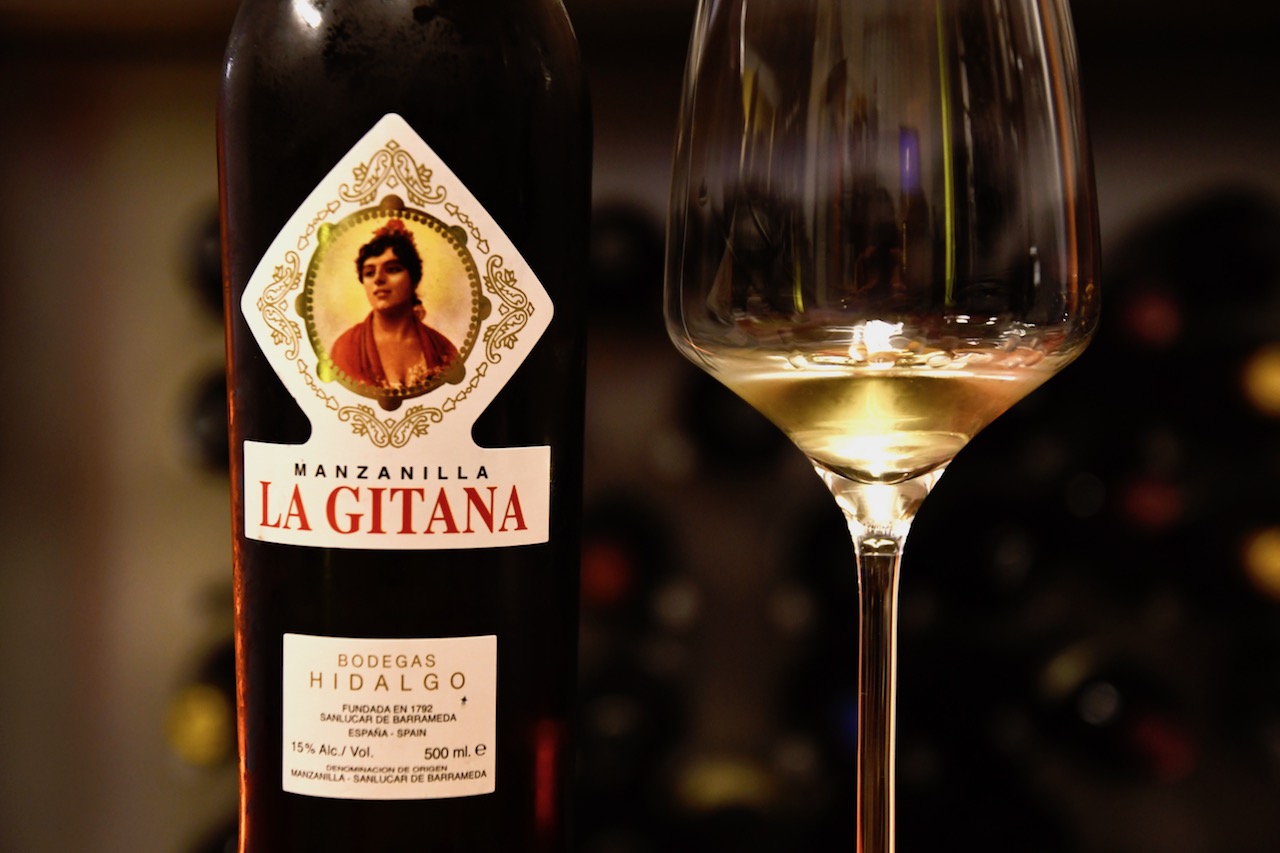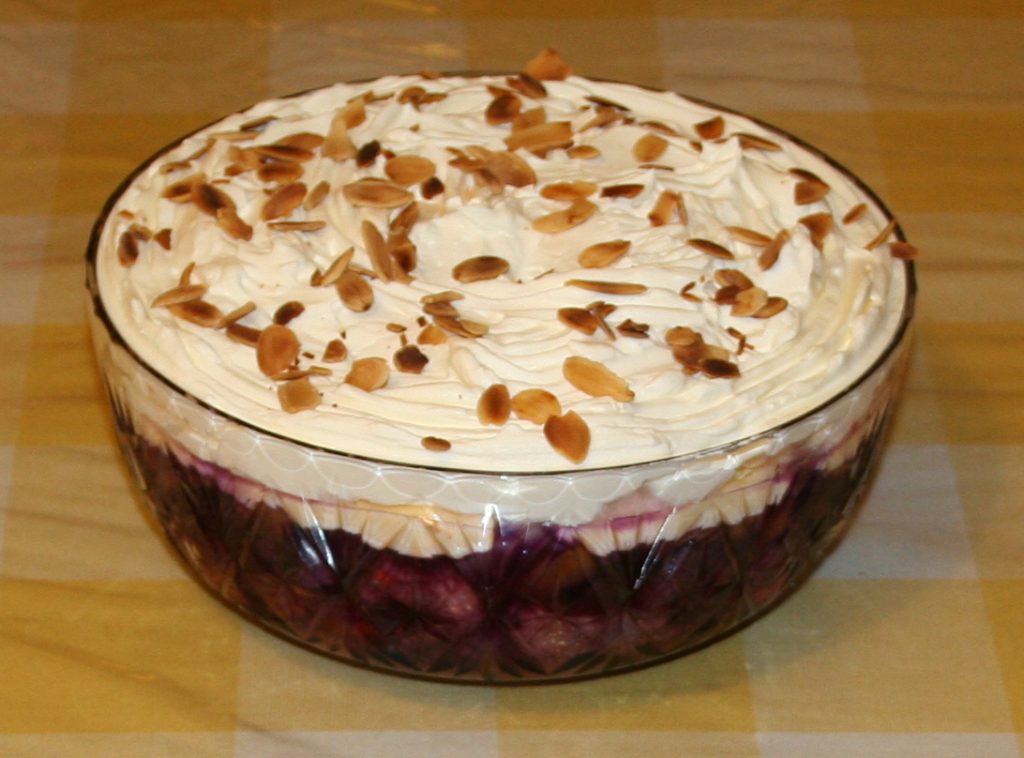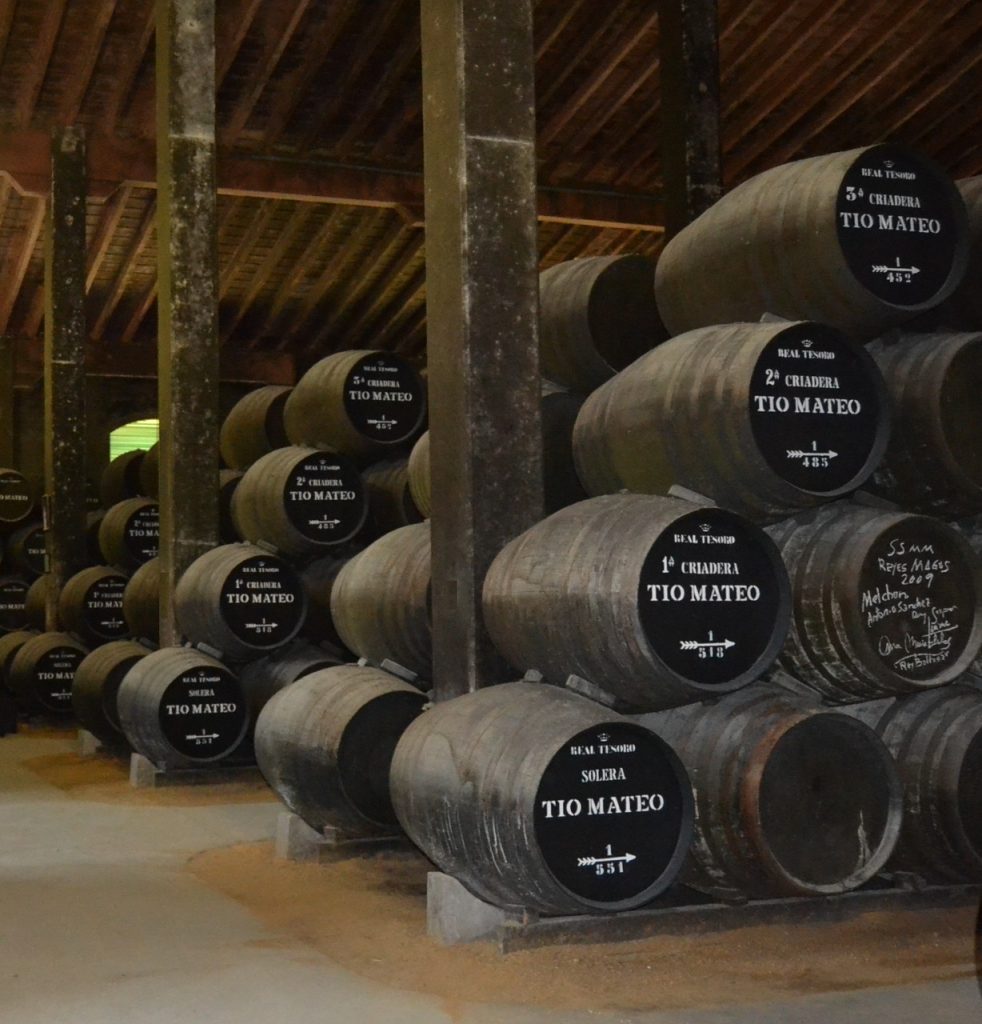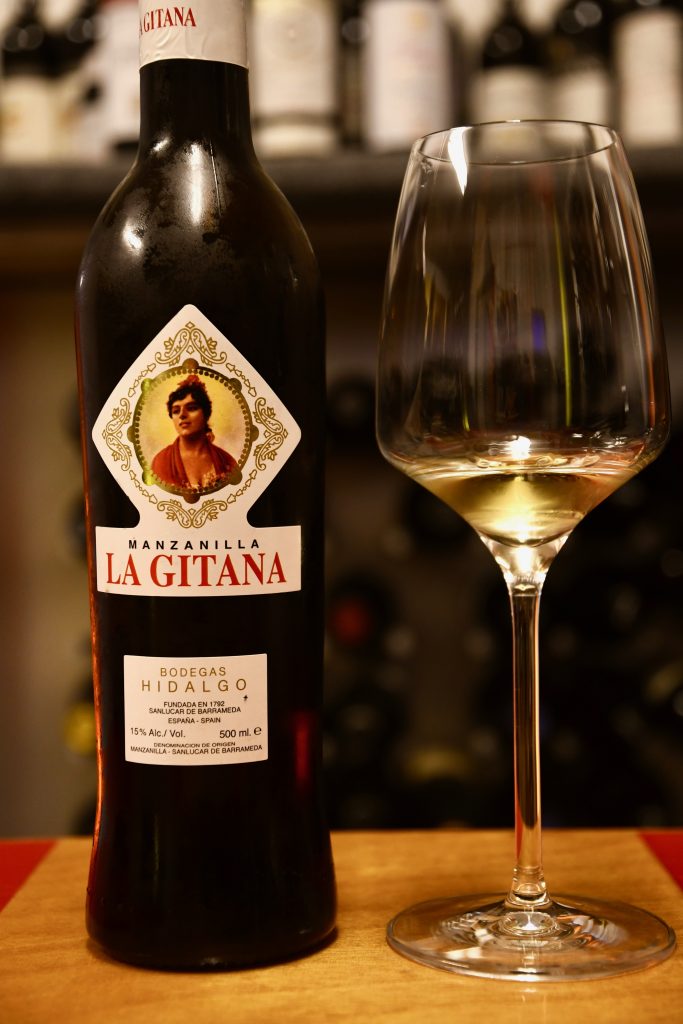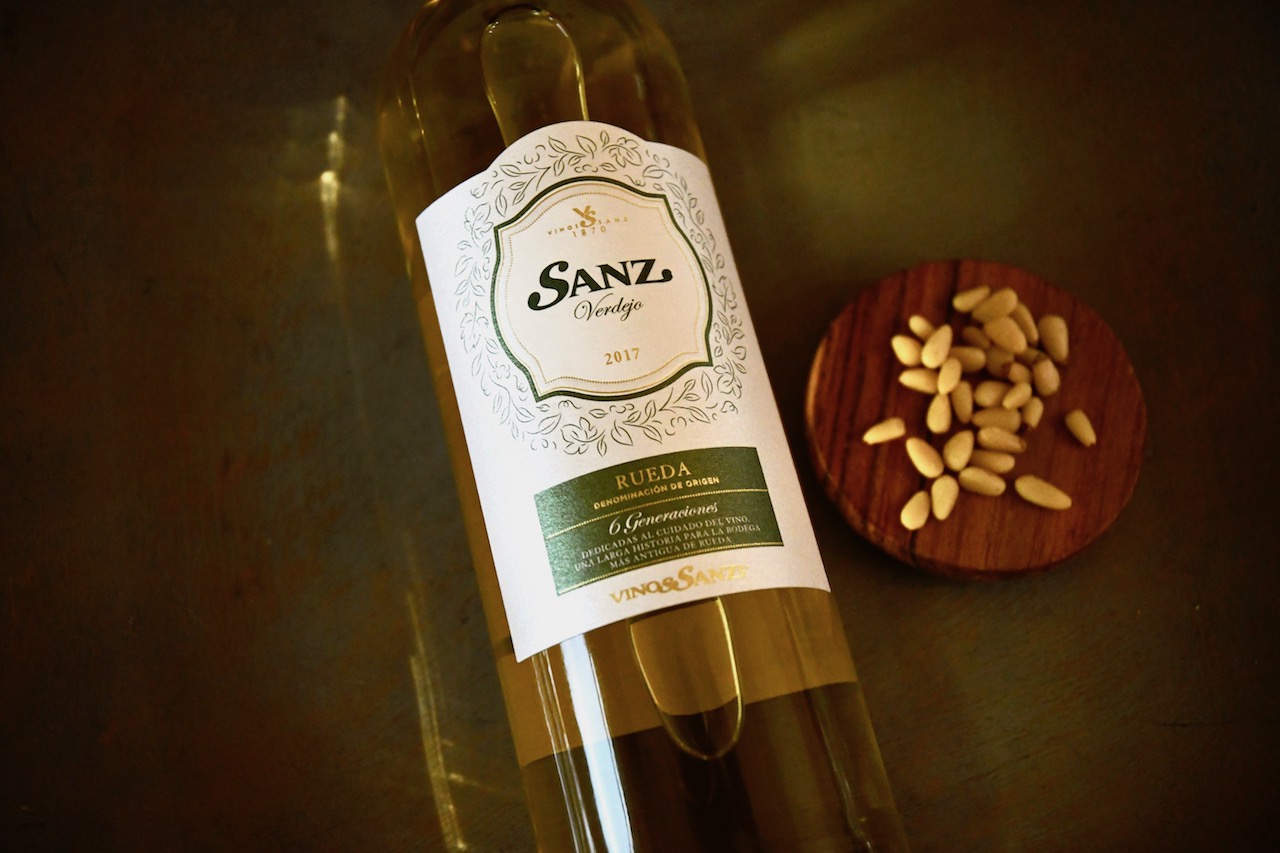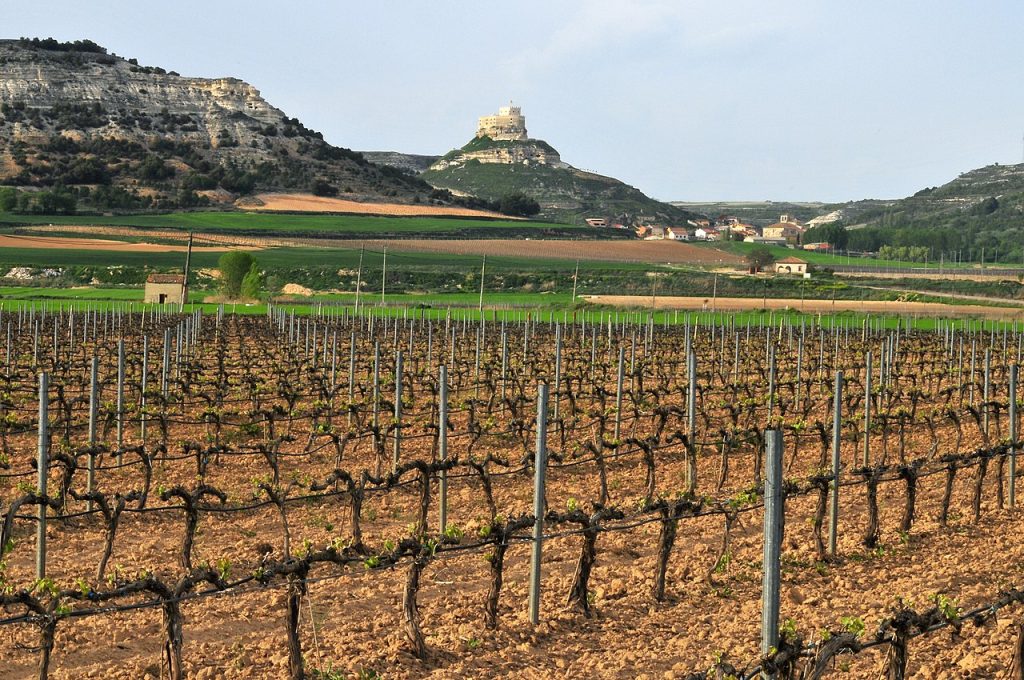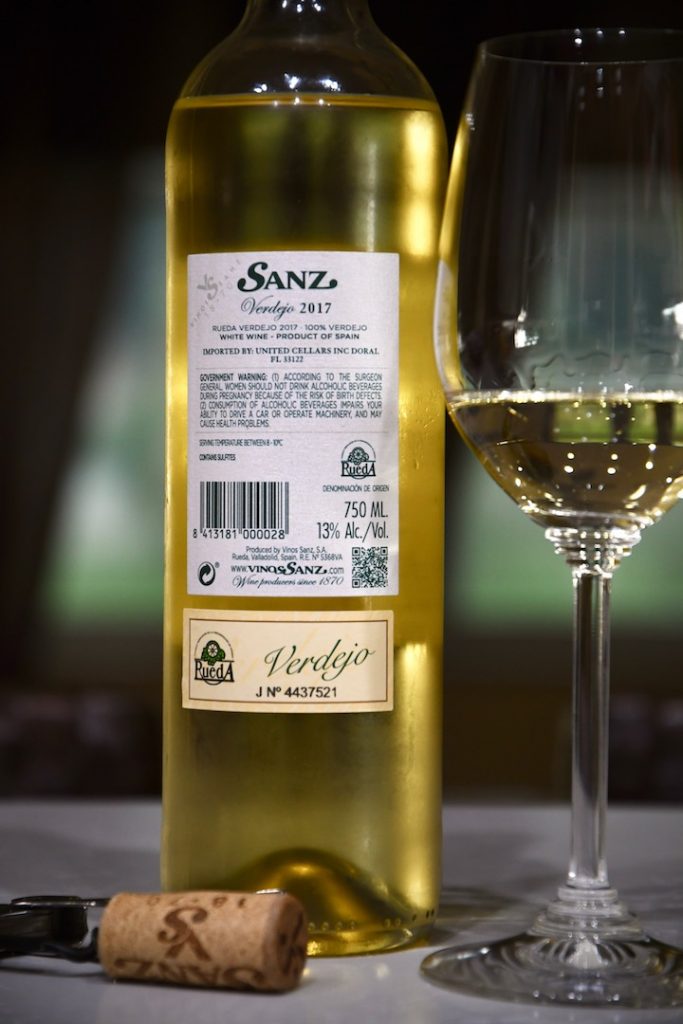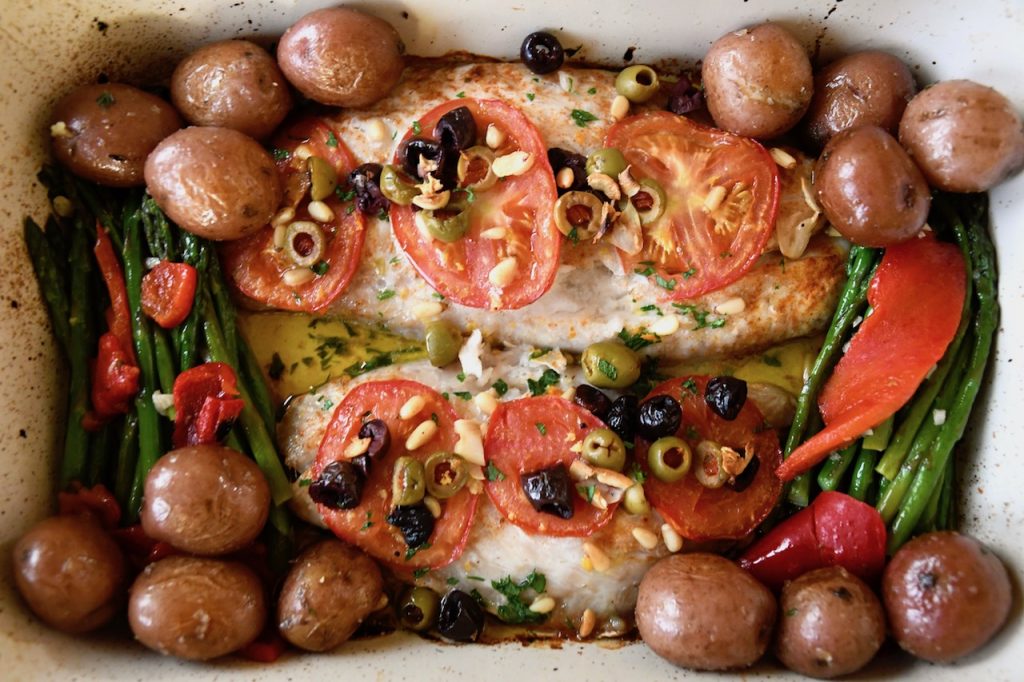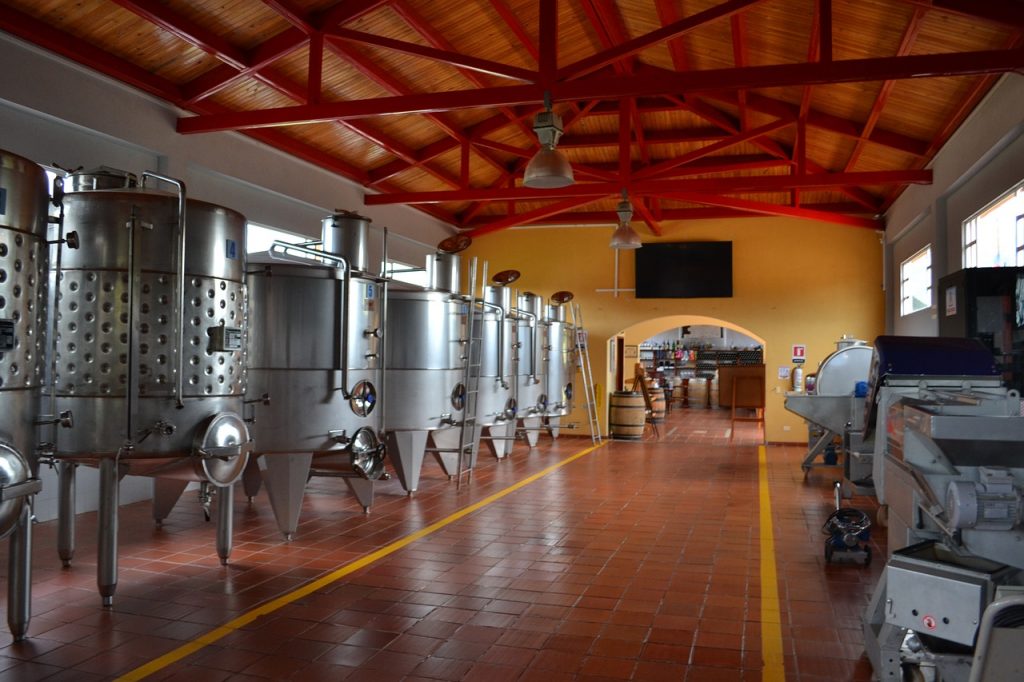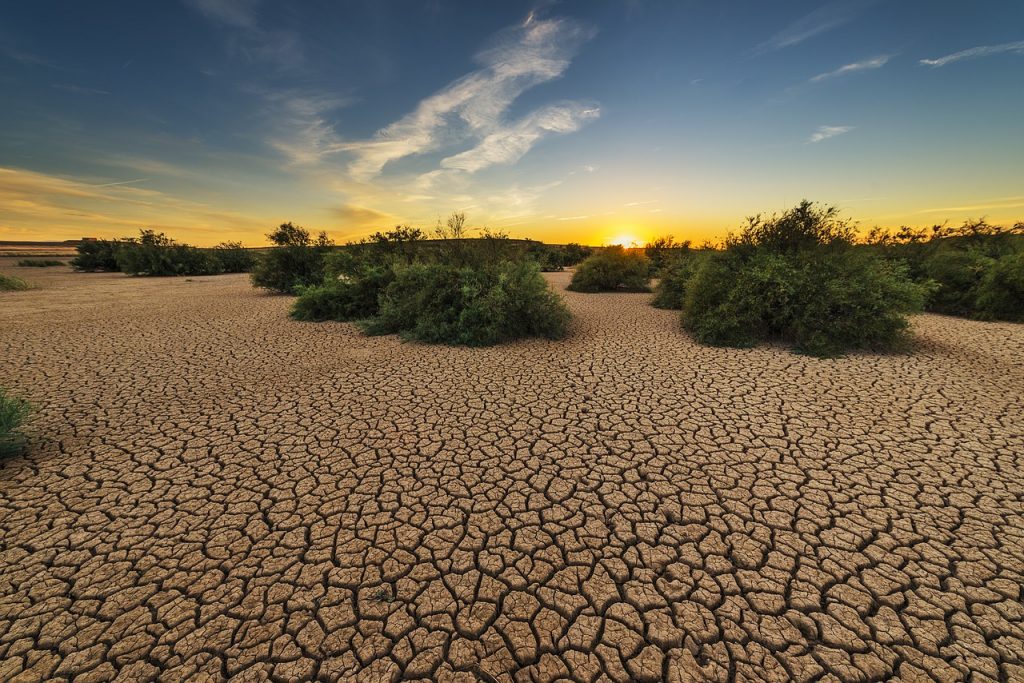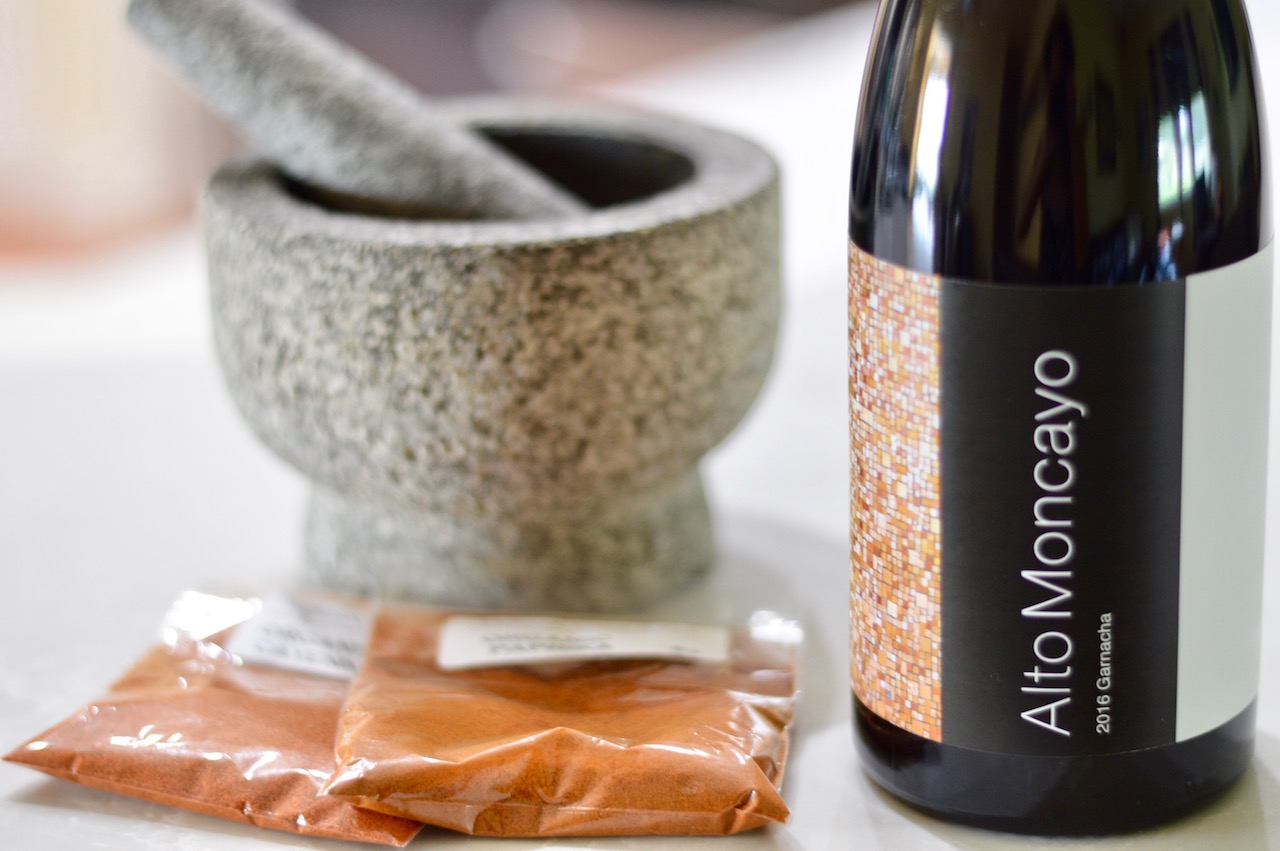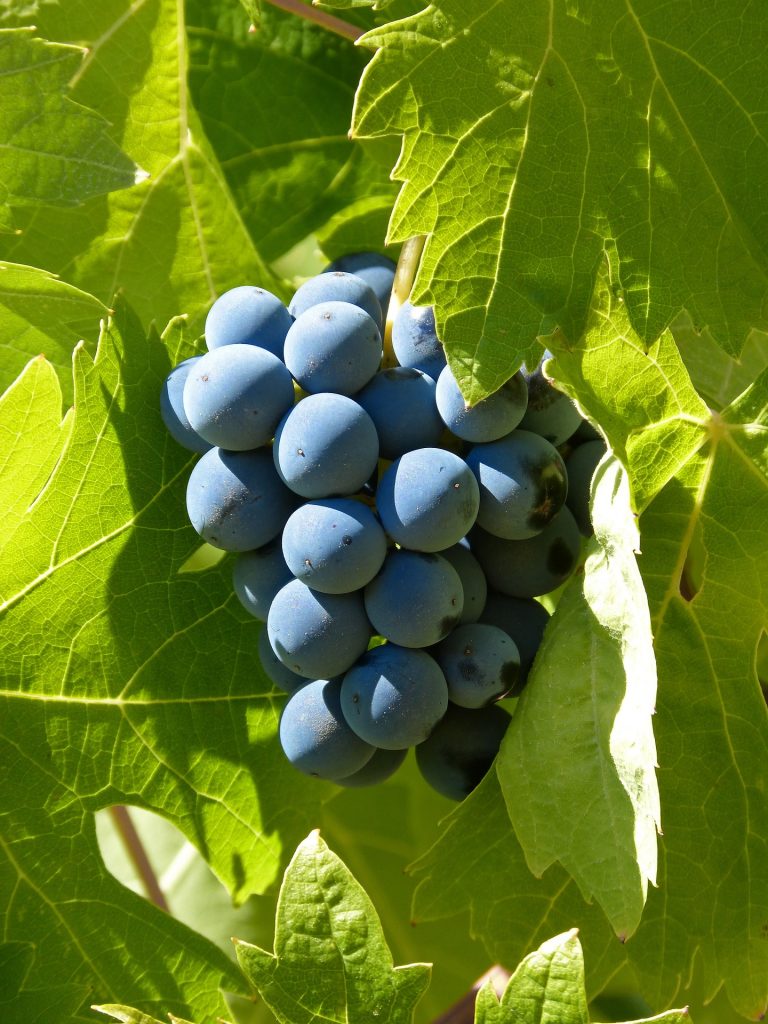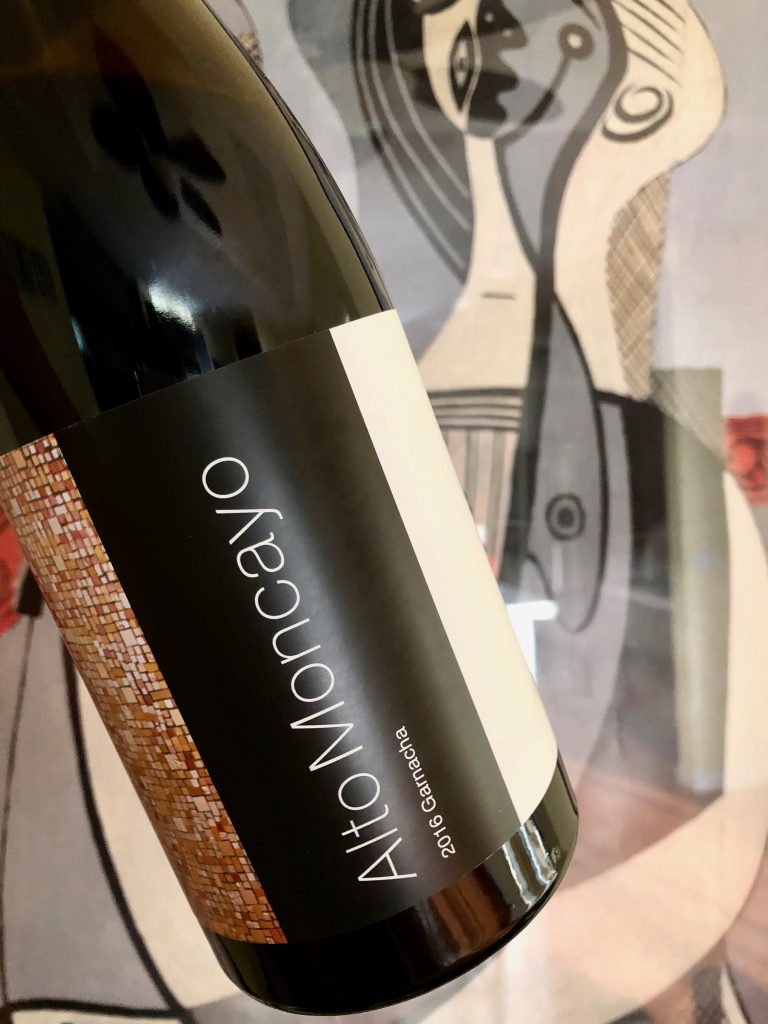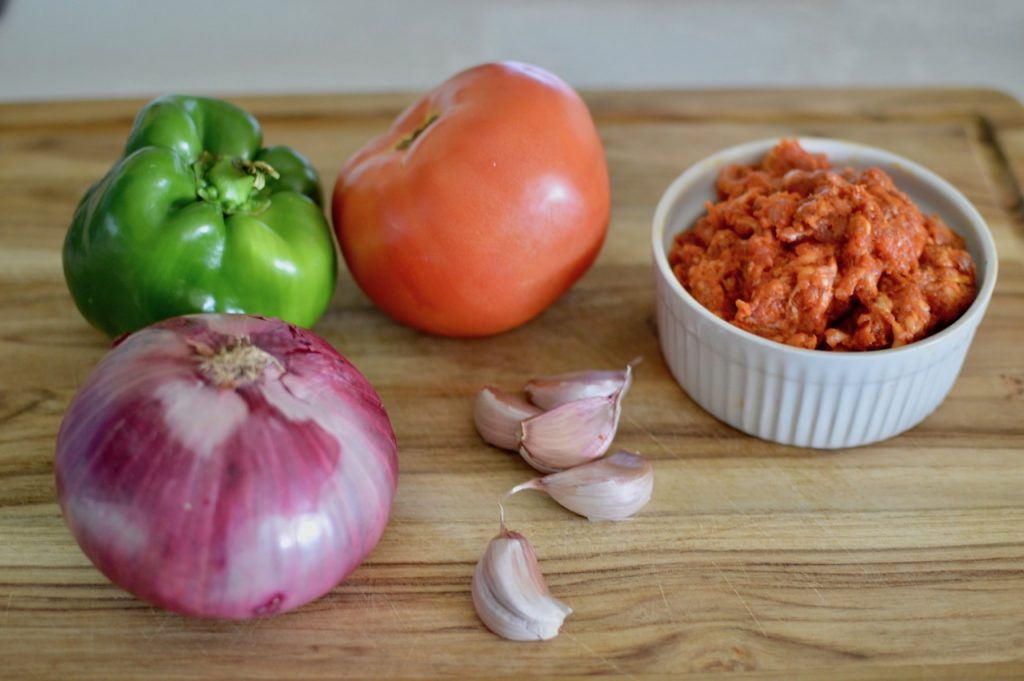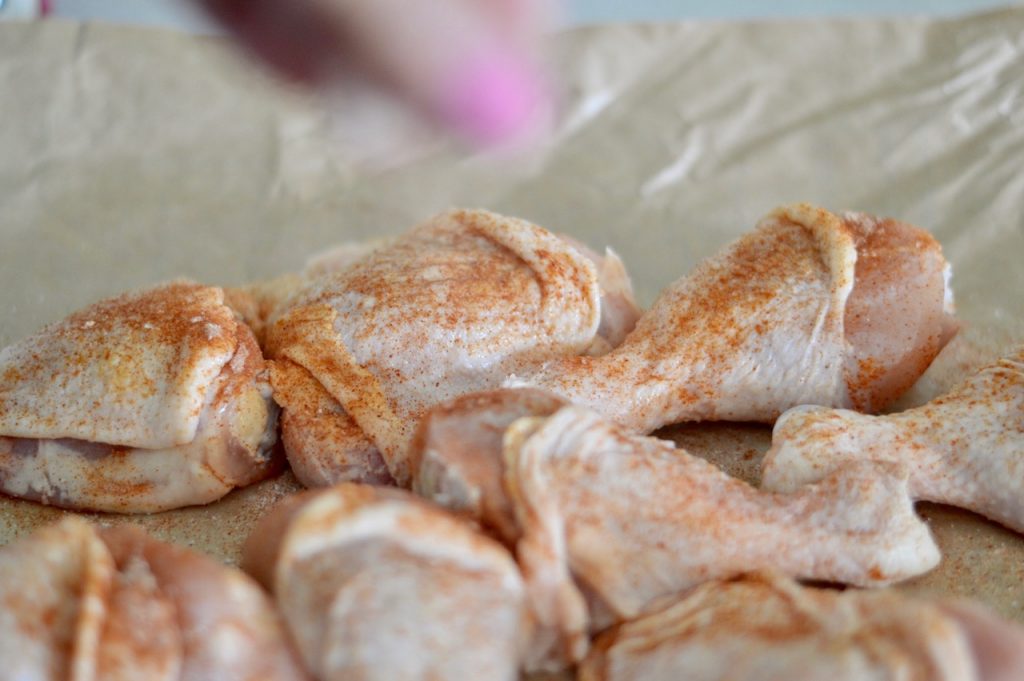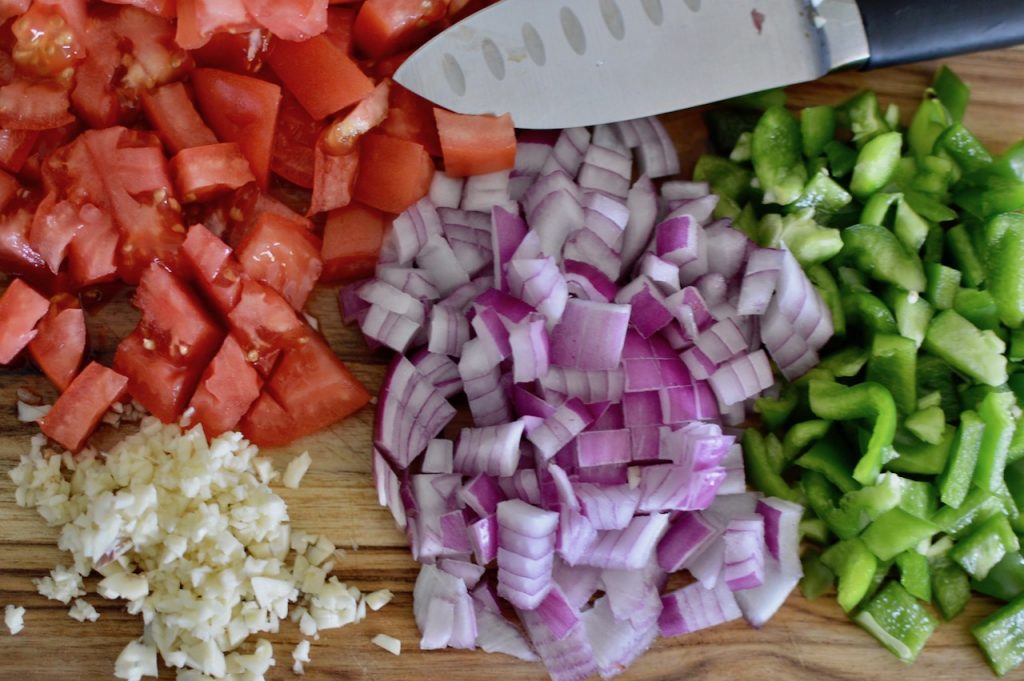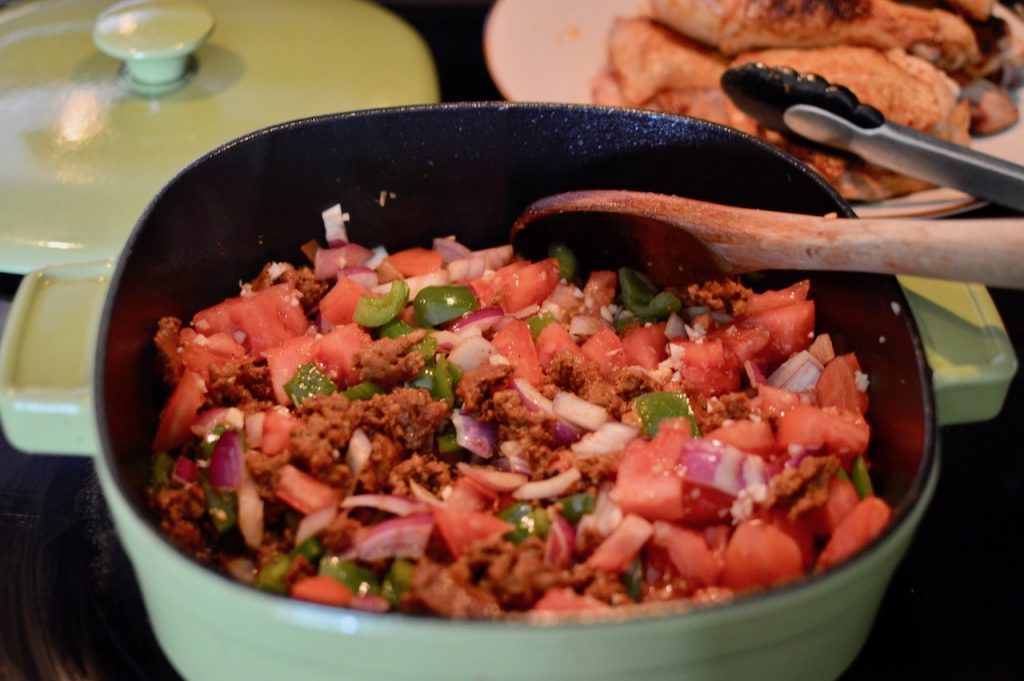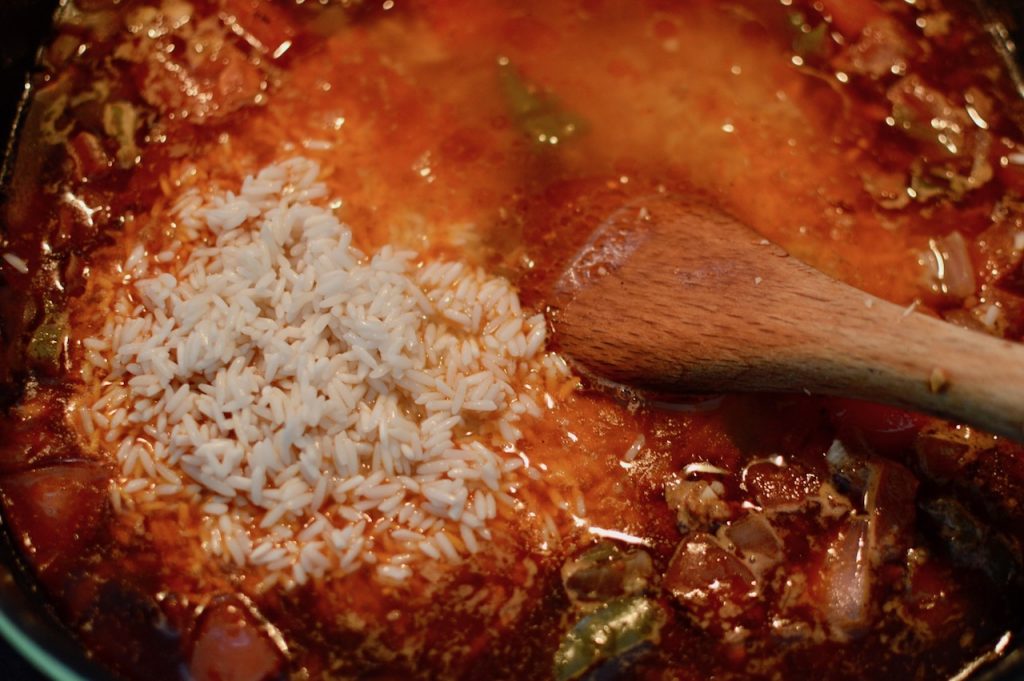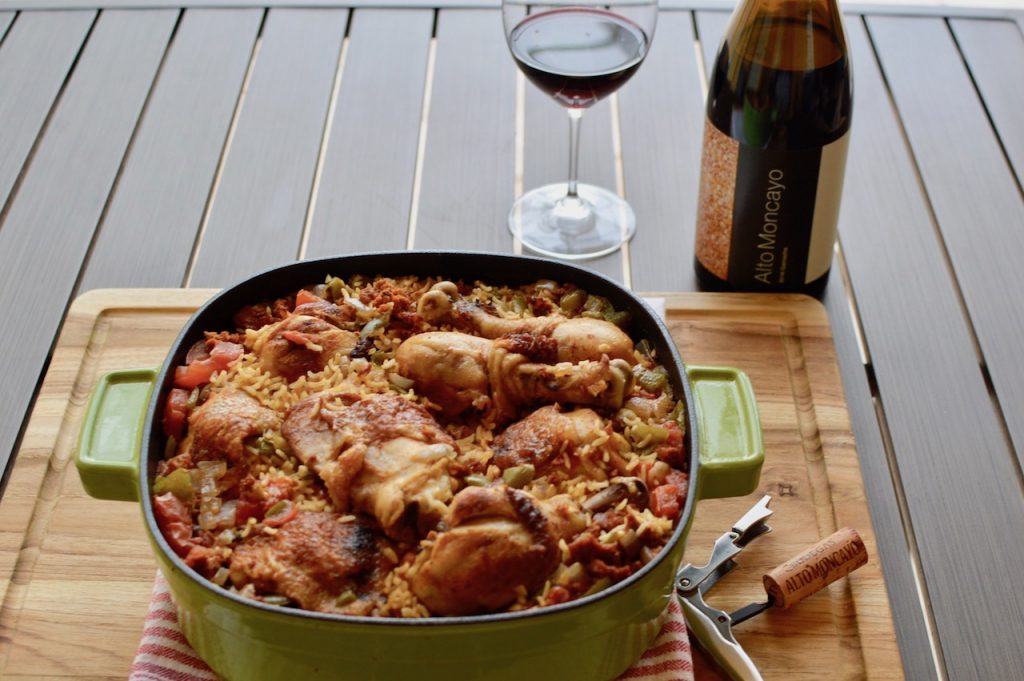How to Bring Travel to the Table
I’m so antsy, aren’t you? South Florida summers aren’t pleasant, so since I won’t be hopping on a plane any time soon, I need to find ways to bring travel to the table.
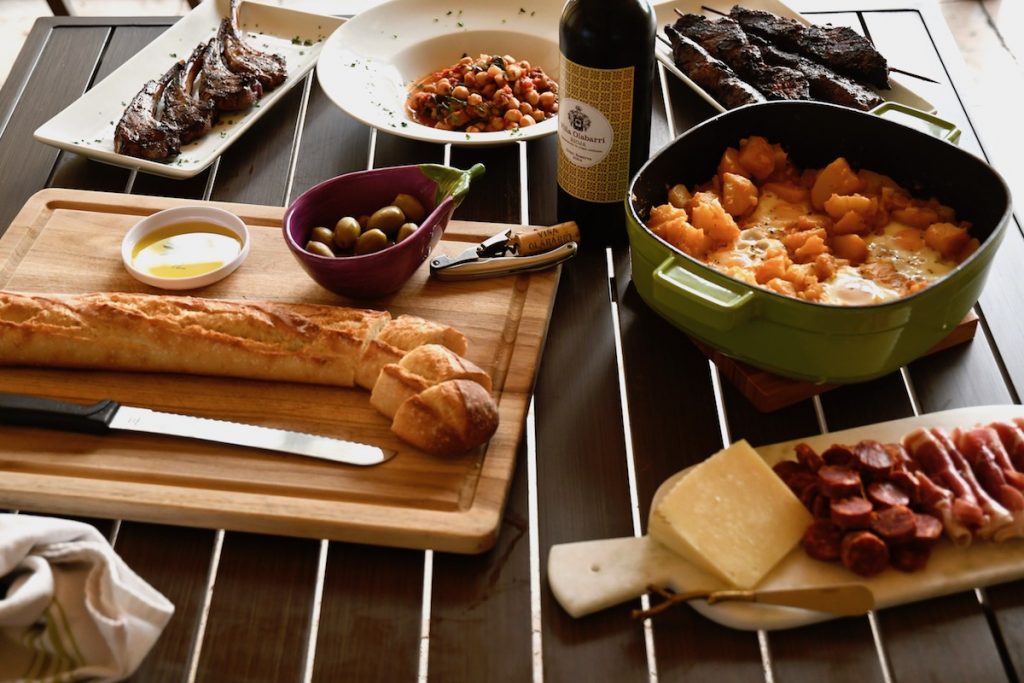
Two Spanish Tapas Recipes and Rioja Wine
Take me back to Spain! It’s time relive vacation memories by making two classic Spanish recipes: Huevos Rotas (Potatoes with Broken Eggs,) Espinacas con Garbanzos (Chickpeas with Spinach,) and drink a Rioja Gran Reserva (Tempranillo.)
I’ll get to the WSET 2 studying part near the bottom of this blog 👇🏼. It’s important too, so keep reading…
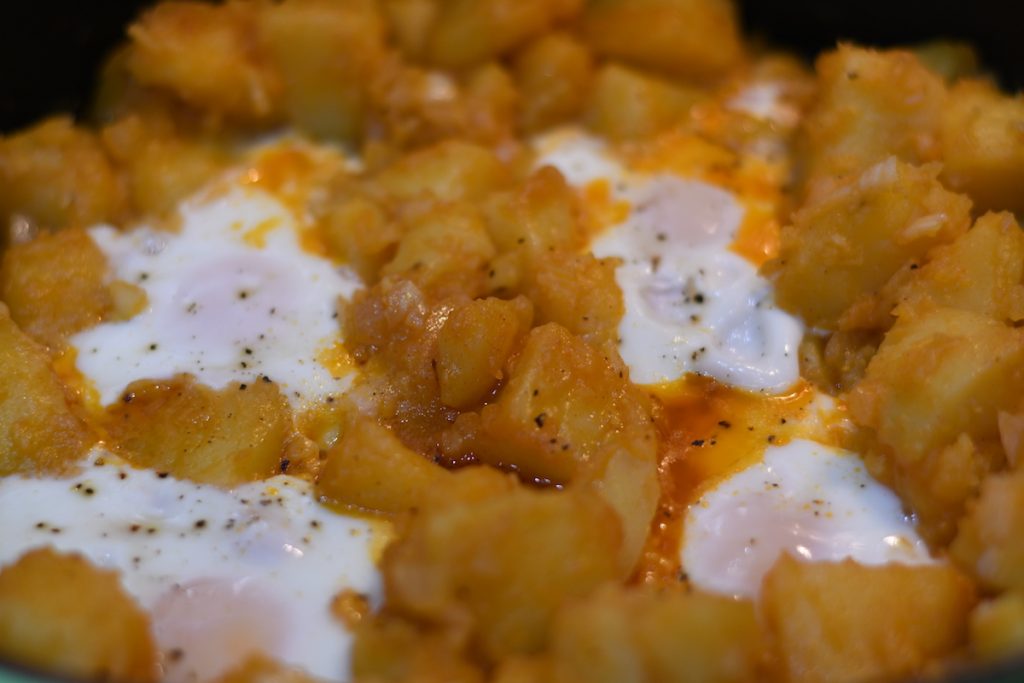
Huevos Rotas (NY Times Cooking)
Traditionally, this is a Tapas dish and not a side or breakfast!
- ⅓ cup extra-virgin olive oil, plus more as needed
- 2 teaspoons smoked paprika
- ½ teaspoon red-pepper flakes or 1/4 teaspoon ground cayenne
- Kosher salt and black pepper
- 2 pounds new potatoes, cut into 1-inch pieces if necessary
- 1 medium onion, finely chopped
- 4 garlic cloves, finely chopped
- 4 eggs
- Lemon wedges, for serving
- Flaky sea salt, for serving
In a measuring cup, combine the olive oil, paprika, red-pepper flakes, 1 1/2 teaspoons salt, a generous grind of pepper and 1 cup water. Put the potatoes in a large skillet and pour the olive oil mixture over them. Then, bring the potatoes to a boil, then cover and cook on high until the potatoes are fork-tender, 6 to 9 minutes.
Uncover and turn the heat to low. If the potatoes are sticking or dry, add more olive oil. Next, arrange the potatoes in an even layer, cut side down if halved, then add the onion and garlic surrounding the potatoes. Finally, cover and cook until the potatoes are golden-brown and the onions are softened, 4 to 6 minutes.
Stir the potatoes (if they’re sticking, add more oil). Make 4 nests in the potatoes and crack an egg into each. Season with salt and pepper and then, cover and cook until the whites are set and the yolks are still runny, 4 to 6 minutes.
To serve, break the yolks gently with a serving spoon, then scoop some potatoes and an egg onto plates or into shallow bowls. Serve with a squeeze of lemon and flaky salt.
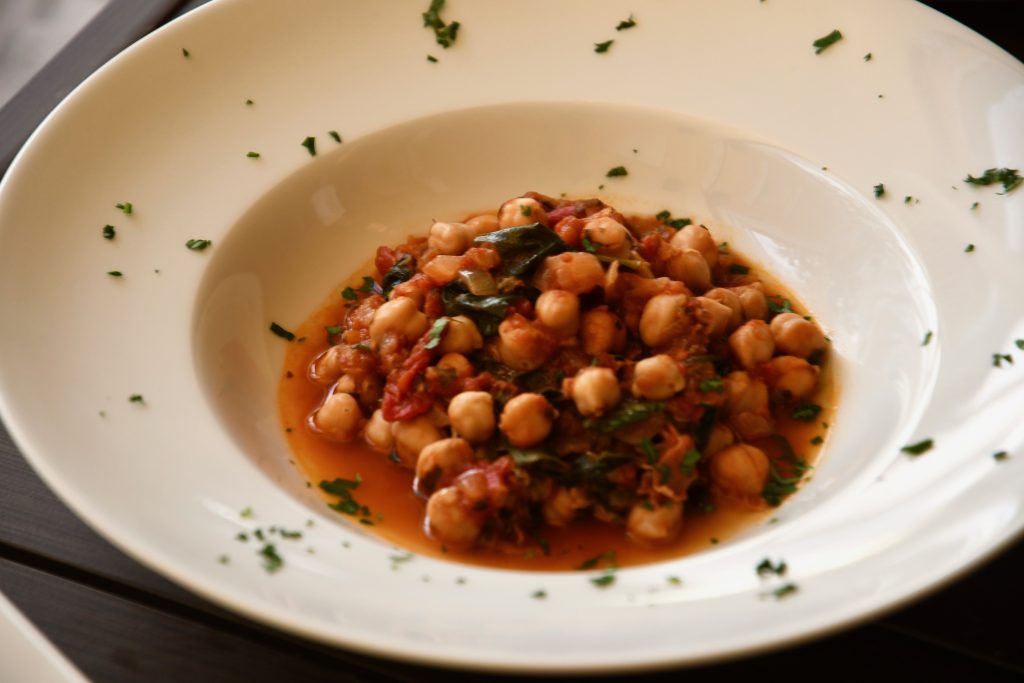
Spanish Chickpea Salad (Adapted from NY Times Cooking)
- 2 medium onions, chopped
- 3 large cloves garlic, minced
- 1/3 cup extra-virgin olive oil
- 2 1-pound cans chickpeas, drained (liquid reserved)
- 1 cup canned crushed tomatoes
- 1/4 cup minced parsley
- 1 teaspoon dried oregano
- 1/2 teaspoon ground cumin
- 1/2 cup prosciutto cut into strips (optional) – I skipped this part and substituted baby spinach
- Salt and black pepper to taste
In a medium-size saucepan over medium heat, simmer the onions and garlic in olive oil until they are soft but not browned. Add the chickpeas, crushed tomatoes, parsley, oregano, cumin and prosciutto, if using, and simmer for 30 minutes more.
Taste the mixture and correct the seasoning with salt and pepper. If it does not seem moist enough, add a little of the reserved chickpea liquid or some olive oil, or both. Serve lukewarm with a green salad and good bread and butter or garlic oil.
Note: Since I was serving Serrano ham and Manchego cheese on the side, I skipped that part and substituted baby spinach instead. Simply stir in about 2-3 cups into the chickpea mix until the spinach wilts, but still keeps a bright green color.
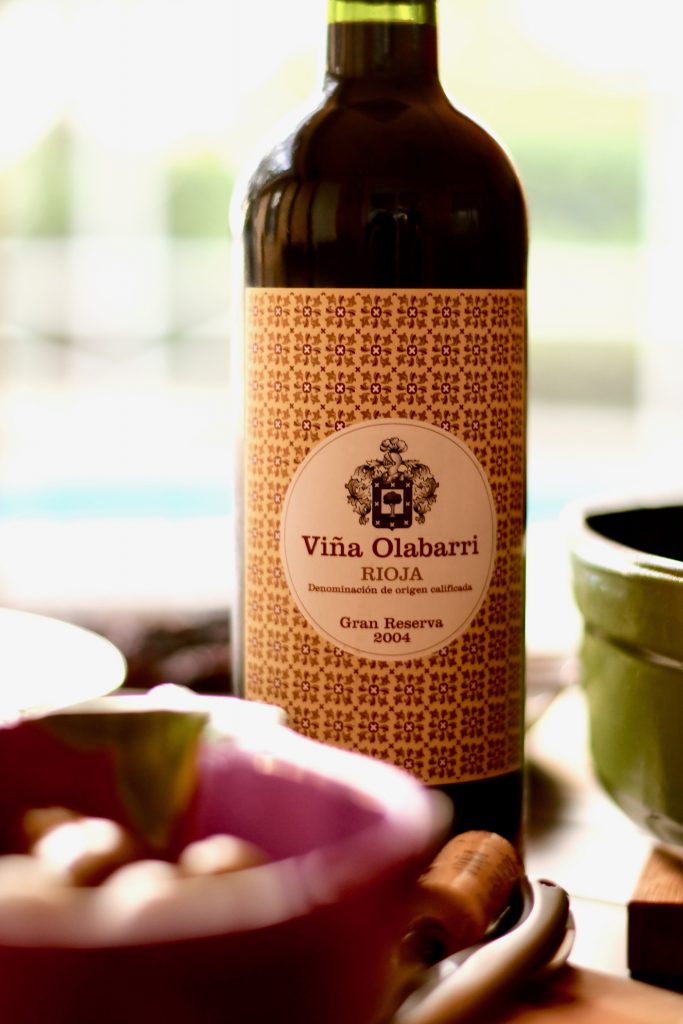
The Pairing Wine: 2004 Viña Olabarri Gran Reserva
80% Tempranillo, 12% Graciano, 8% Mazuelo
I love Spanish wines, but the majority that I’ve tried are quite powerful. They work well with Spanish and Latin food that’s not spicy, but seldom would I think to drink one without food. However, the 2004 Viña Olabarri Gran Reserva is definitely a Rioja wine that I’d sip while reading a good book. I’ve never had a Gran Reserva wine before, so it was a treat to experience a wine that had been aged for 36 months in French and American oak barrels, plus cellar aged for another 36 months!
Here are the tasting notes provided by Viña Olabarri:
Color: Deep ruby red color with subtle brick red hues on the rim from the ageing process.
Bouquet: Intense aromas of black fruit and spices, with a mineral hint.
Mouthfeel: Medium bodied, integrating beautifully the rich ripe fruit with the sweet spices provided by the oak.
A pleasant, clean aftertaste of remarkable harmony.
A Little History
Viña Olabarri was founded by Pablo Olabarri Bikandi, who since 1958 spent long periods of time in Haro; due to his love of Rioja wines, in 1985 he decided to buy an old 19th century winery in Calle las Bodegas, in Anguciana.
As a result, the need for bigger, more modern facilities to make the wines took him to build a new winery in the outskirts of Haro in 1989, with capacity to hold 4,000 barrels and up to 800,000 bottles.
His son, Luis Olabarri is currently in charge of the winery.
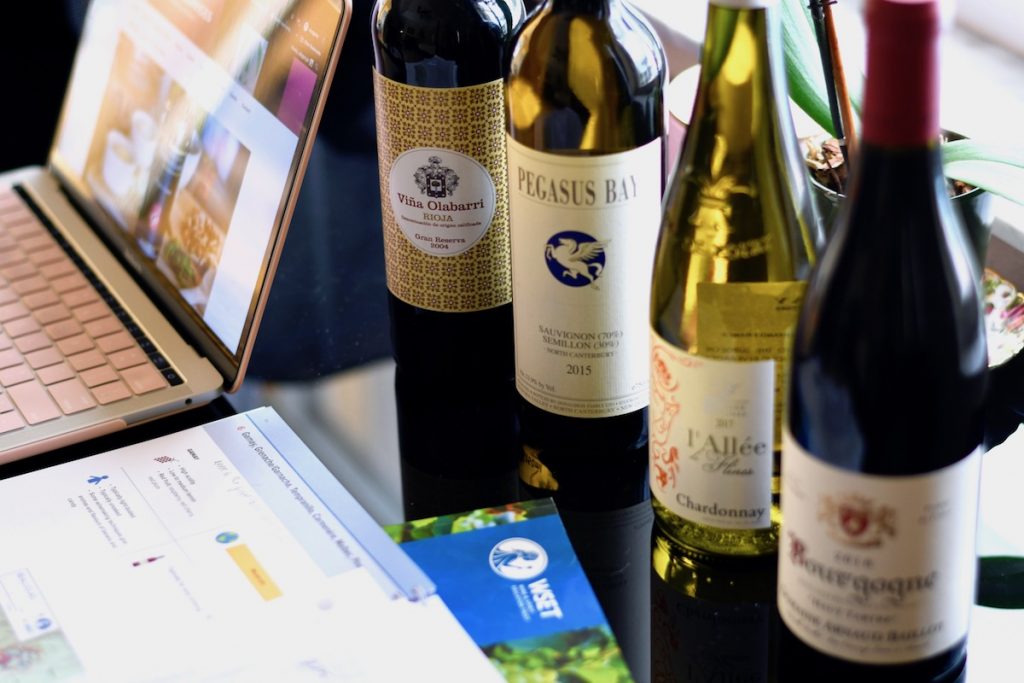
It’s Test Time!
If you’ve been following my blog, you’ll know that I’ve had my nose in a glass and a pile of wine books for some time. I started the Society of Wine Educators Certified Specialist of Wine (CSW) course, but was finding it difficult. Although I can master self-study, I really needed to begin my wine journey with some guidance.
One good thing that’s come from the COVID-19 pandemic, is that there has been a plethora of new opportunities to learn online. I’ve wanted to take a Wine & Spirits Education Trust (WSET) course for some time, but found it difficult to find the time. Also, since Florida Wine Academy is located in Downtown Miami, getting there once I finished my workday would have been a challenge. Shortly after participating in a couple Florida Wine Academy’s free Zoom webinars, they announced that the WSET 2 would be offered online. I immediately registered!
Registrants have the option to purchase the wine packs through them, but I found the required wines either near my home or at Wine by the Bay in Miami.
The course is six weeks and I’ve completed that part and now am studying for the exam. It’s been an exciting journey so far and the most important thing I’ve discovered, is that I’m still a Wine Newbie and loving it. This trip will take a lifetime and just when I’ve mastered one part, I realized that there’s so much more to discover.
This education is brain stimulation and tasty and I look forward to many more food and wine pairing weekends!
Wine Newbie Resources
Here are some additional resources that I found useful to enhance the WSET text and workbooks:
- The Unknown Winecaster
- Eric Asimov’s Wine-School
- Wine Spectator’s Maps of Wine Regions
- Italian Wine Unplugged
- Wine for Normal People
- I’ll Drink to That!
- Wine Spectator’s Know Your Grapes
- Wine Folly
- Julien Miquel, Social Vignerons
“The discovery of a wine is of greater moment than the discovery of a constellation. The universe is too full of stars.”
― Benjamin Franklin
If you have a useful wine education resource to share, feel free to post it in a comment below. Plus, if you have your own Spanish tapas recipes or a Rioja wine to share, tag me in your photos on Instagram! Or, let me know how you bring travel to your table.
Follow @AllegoryPR #MyArtEscape

